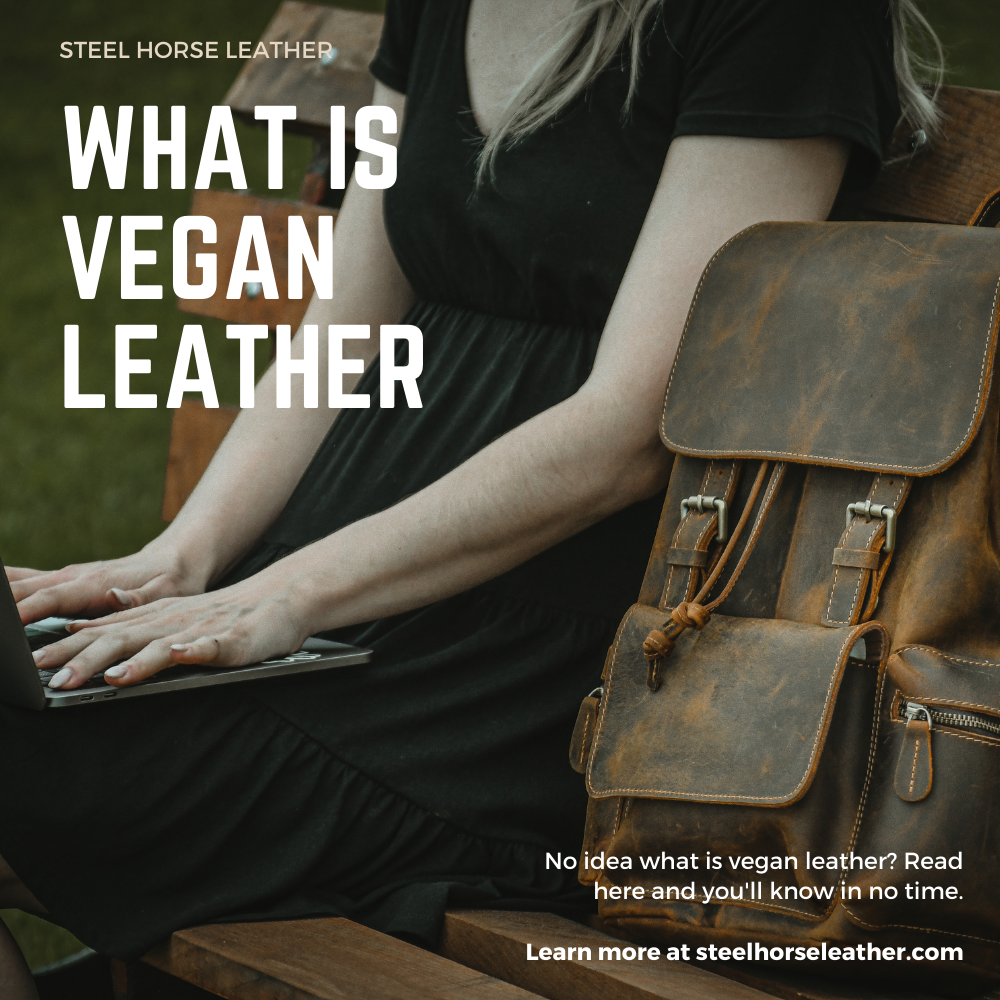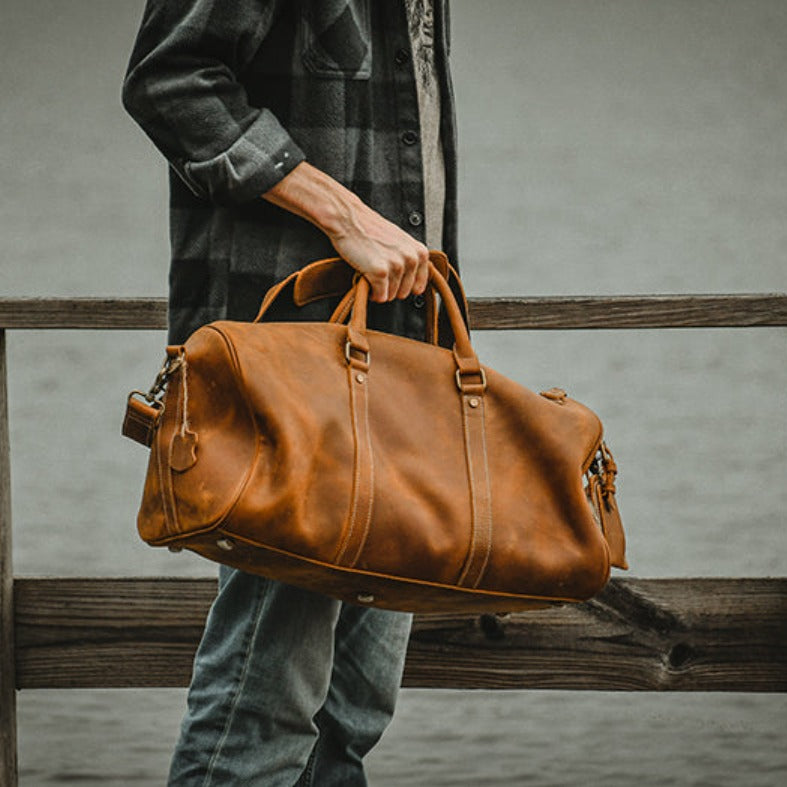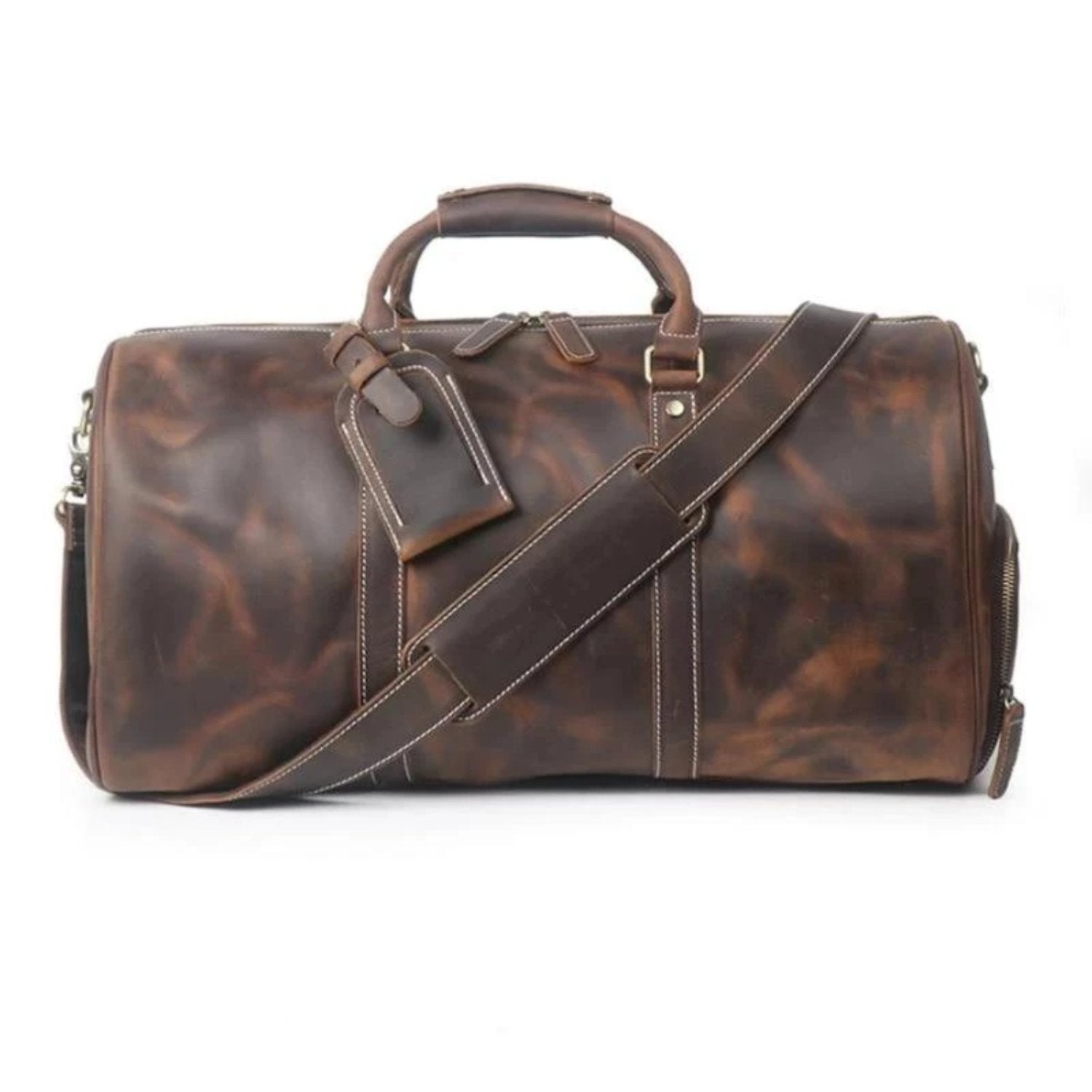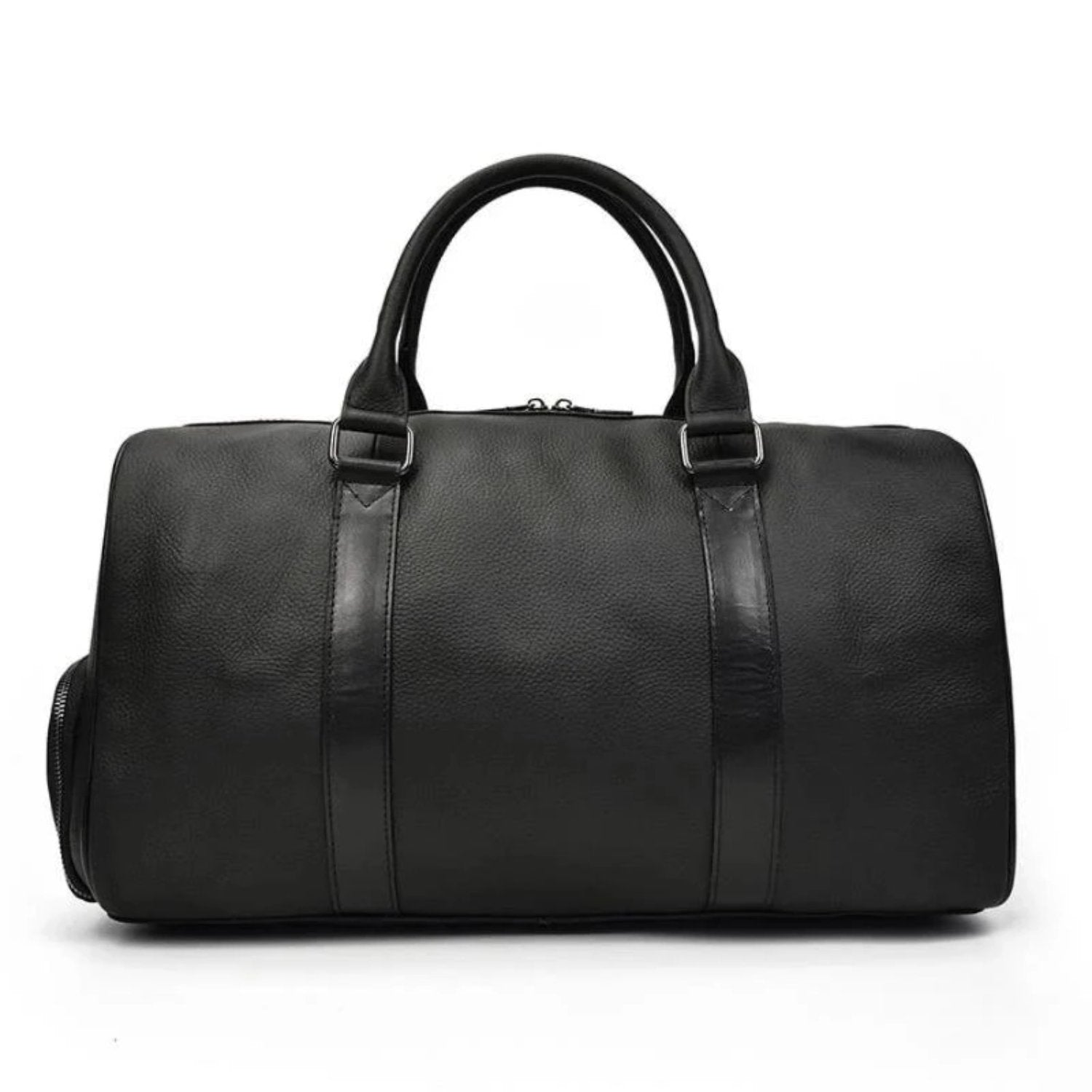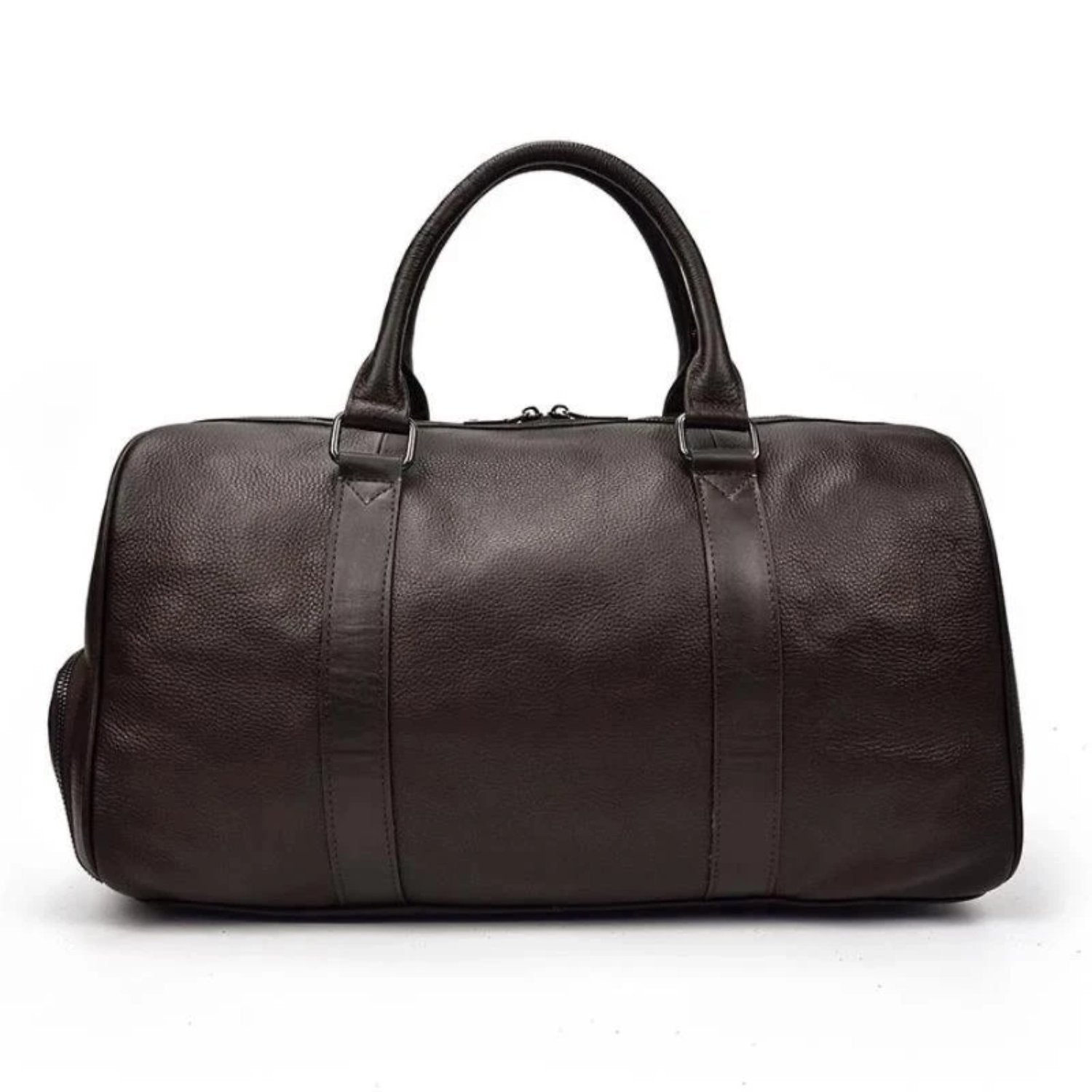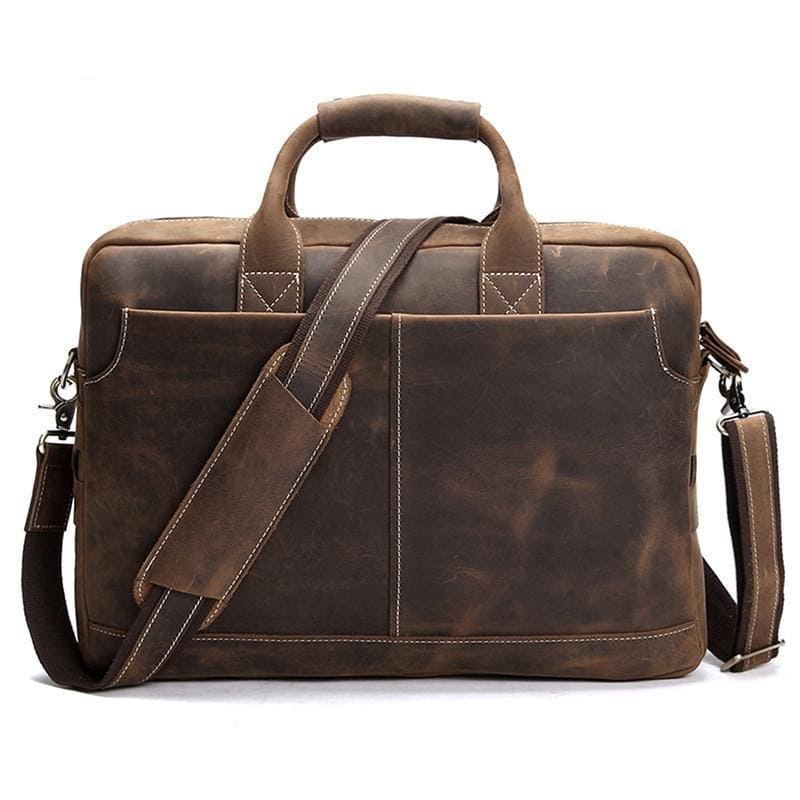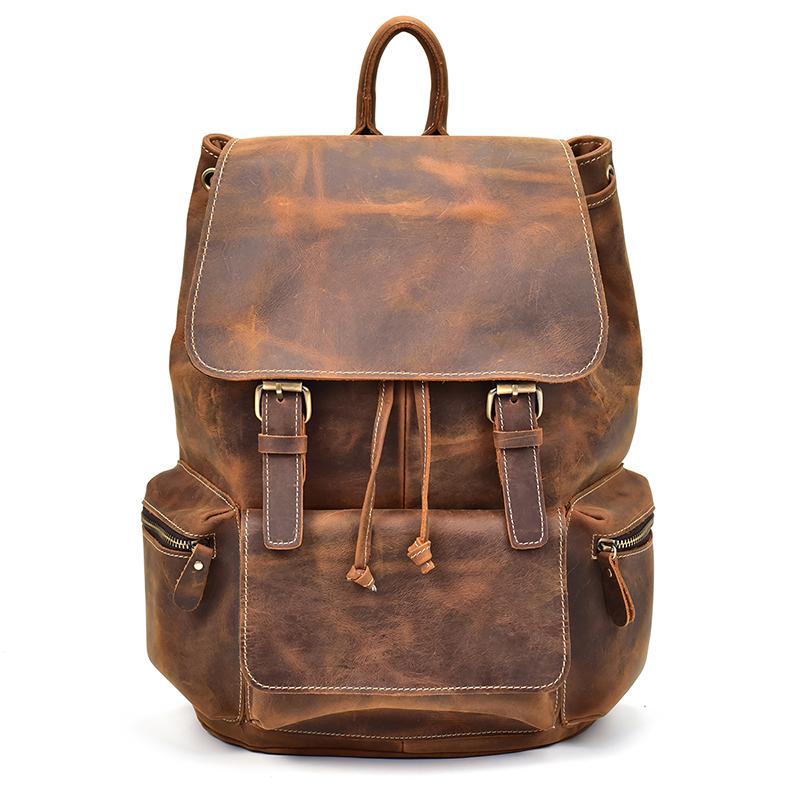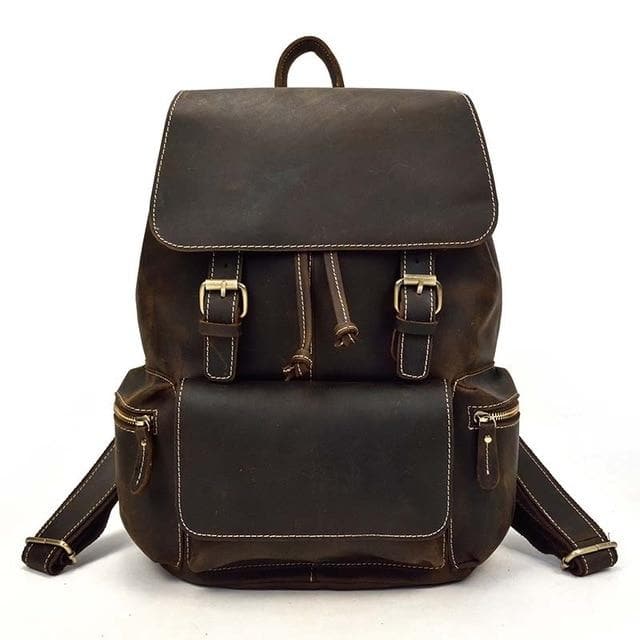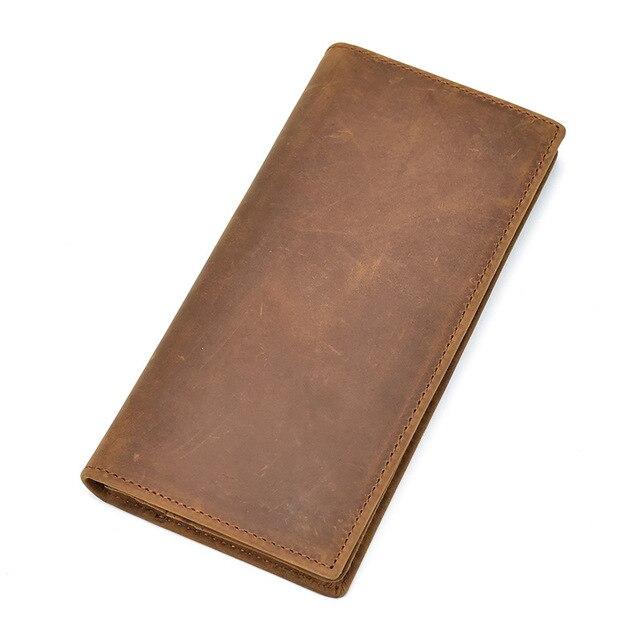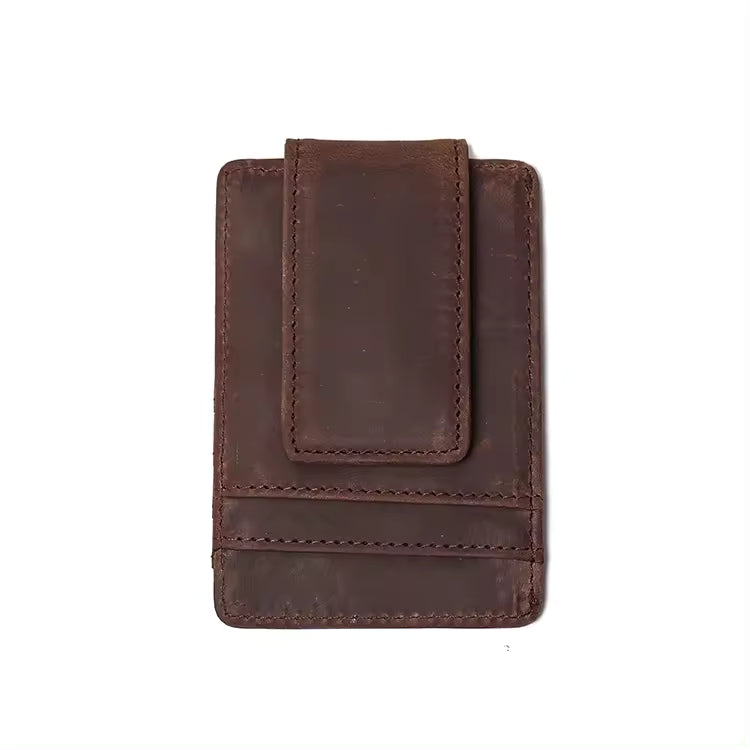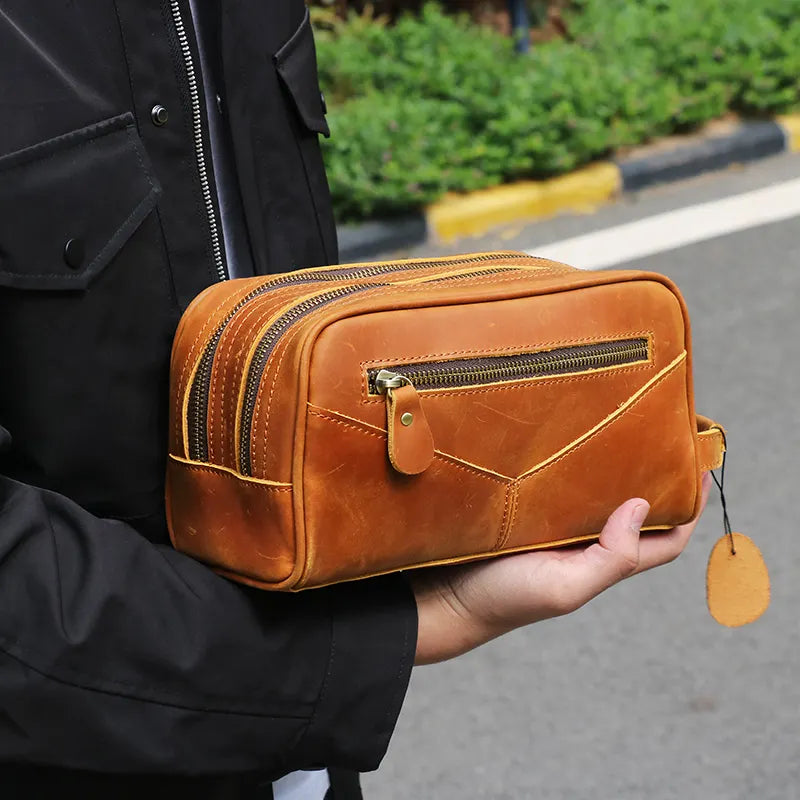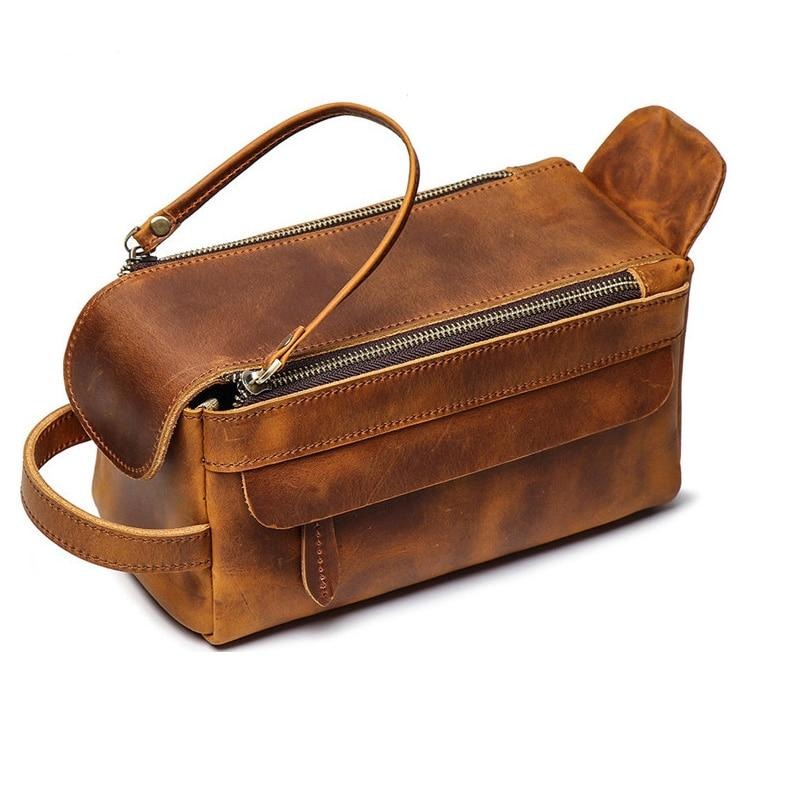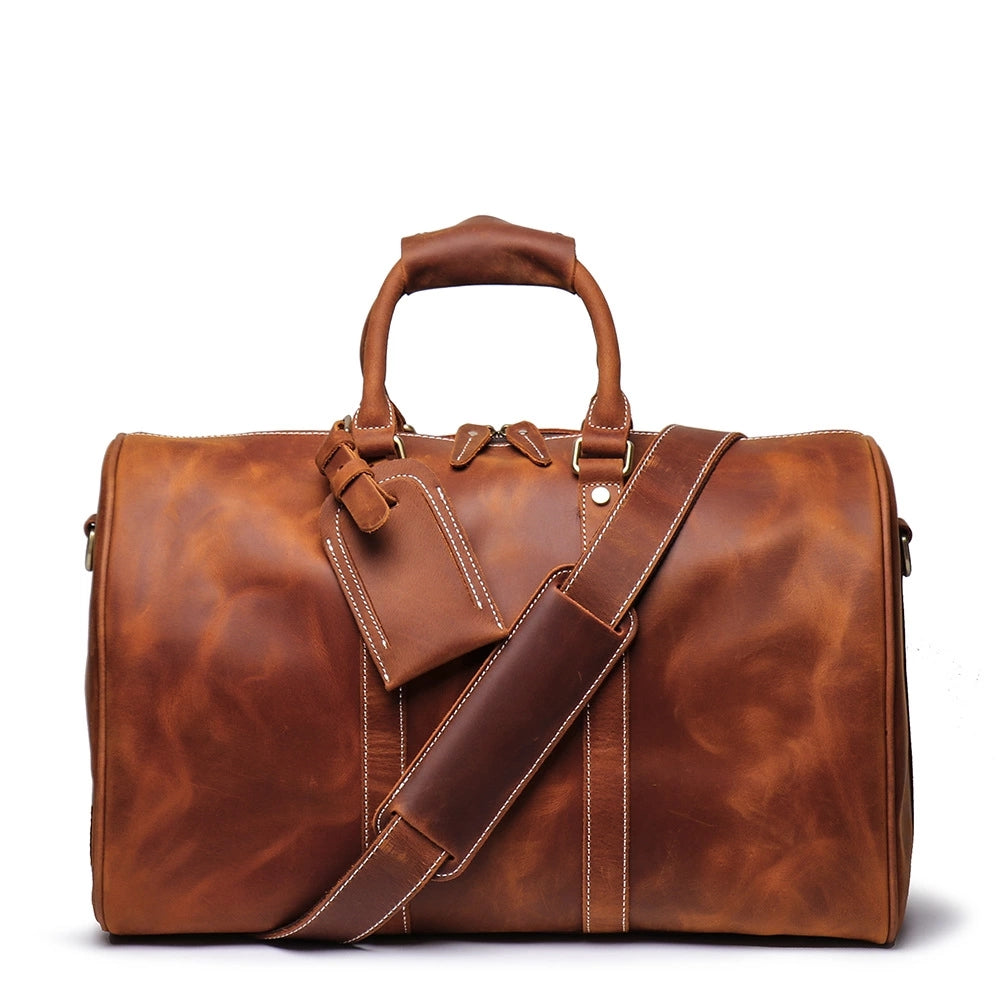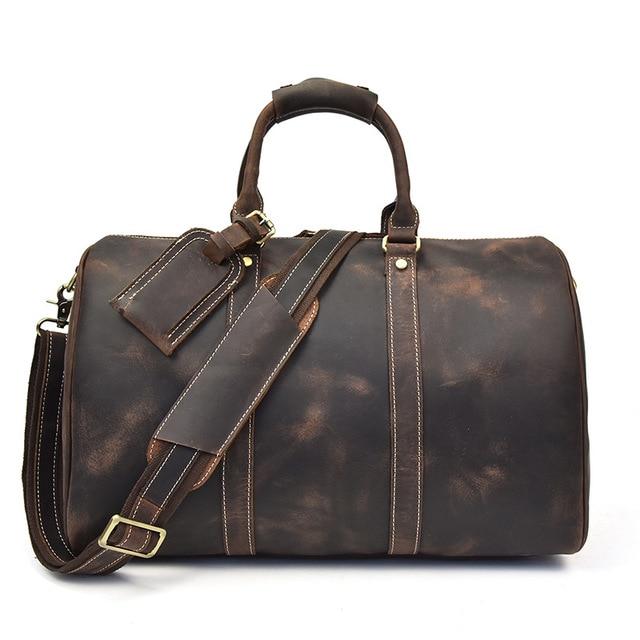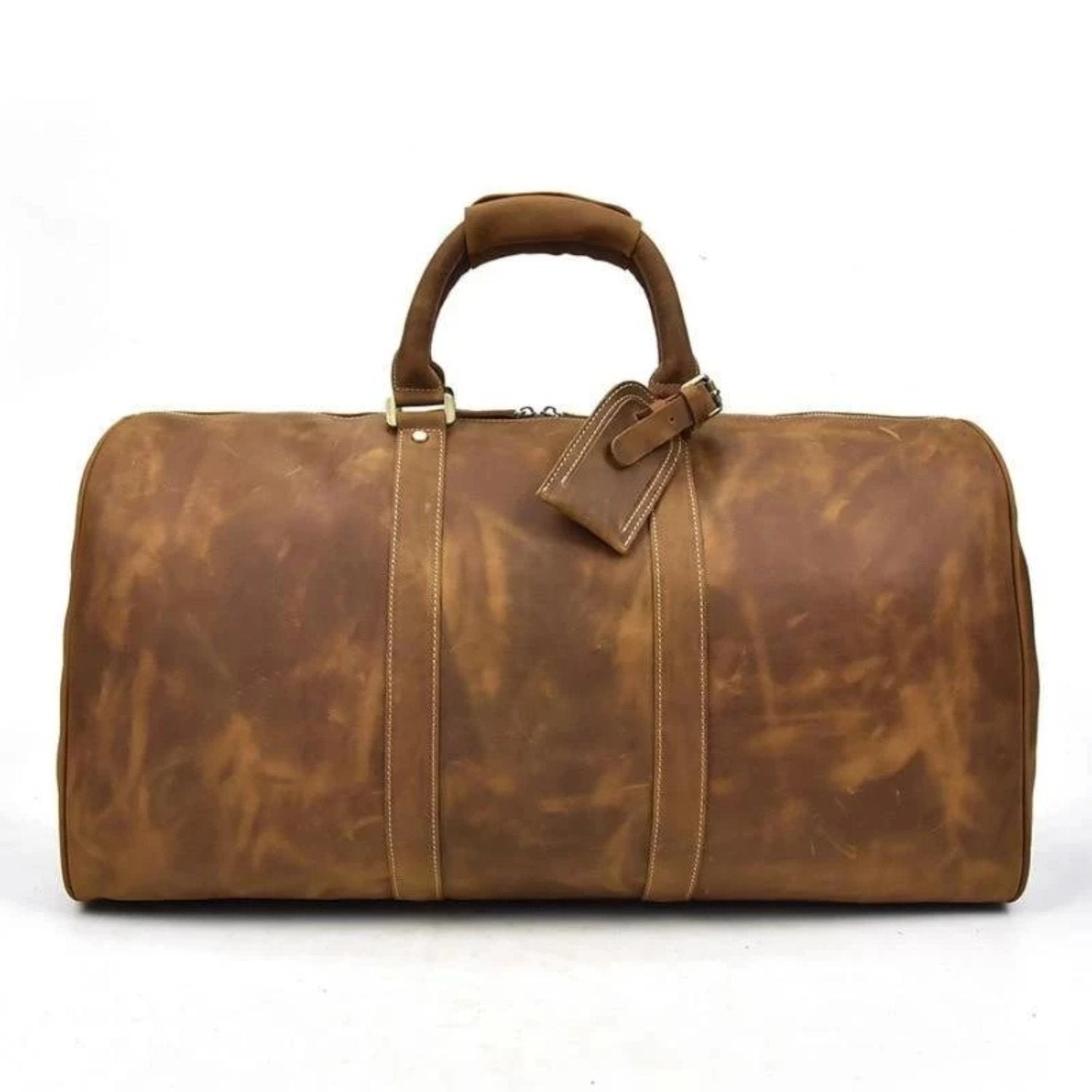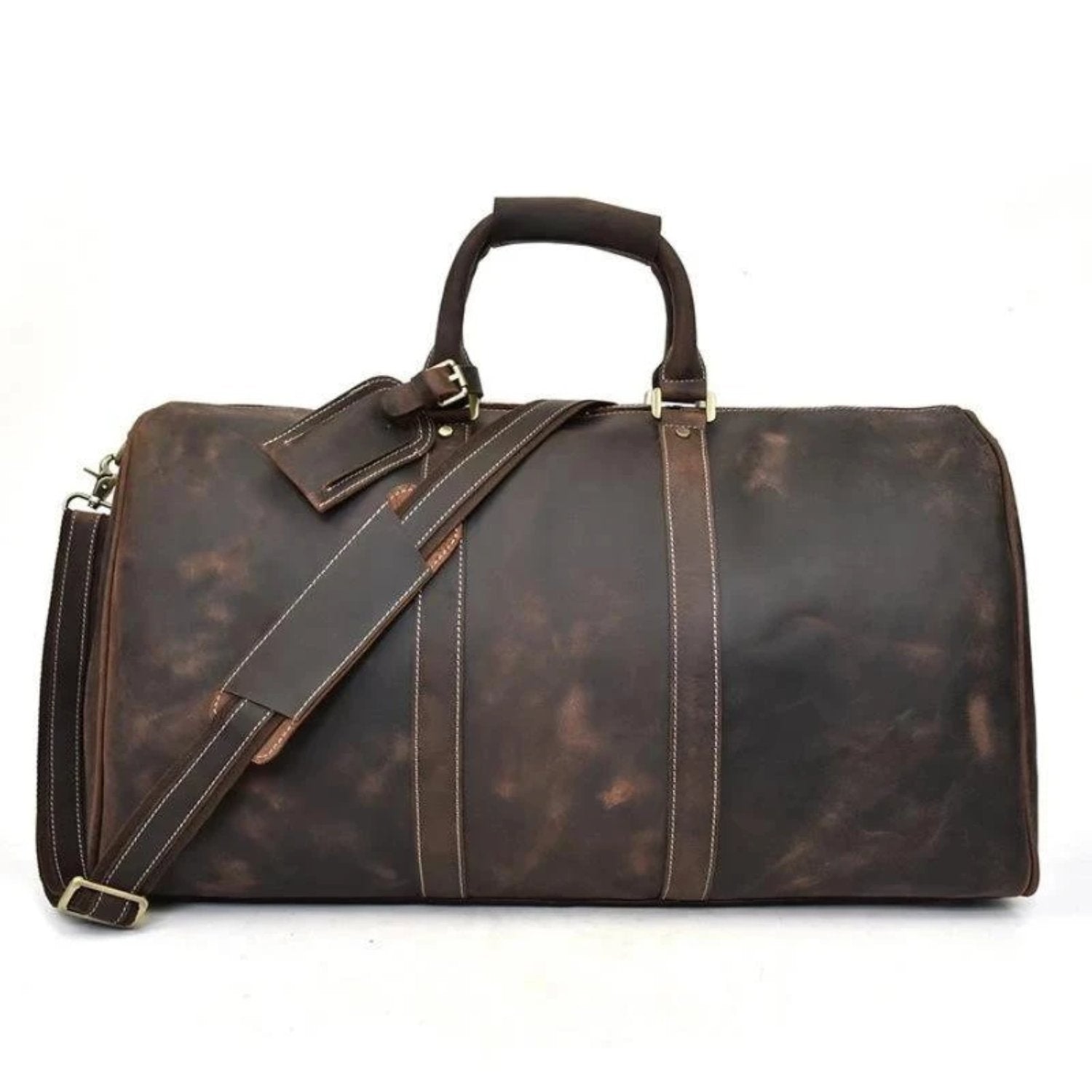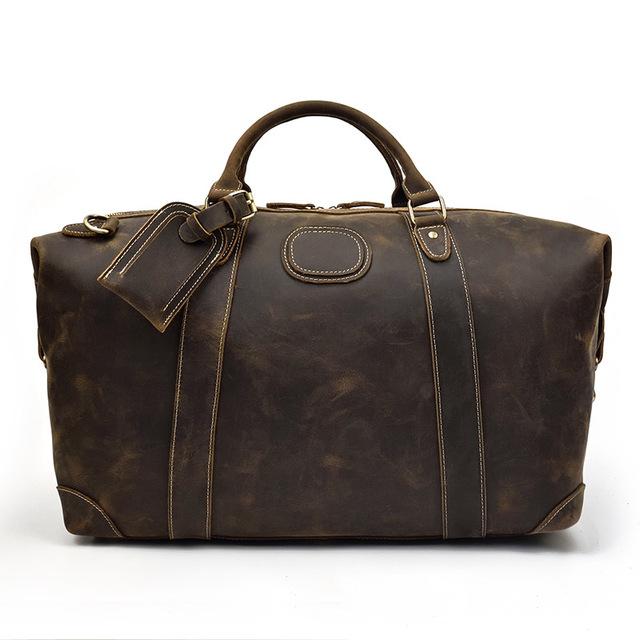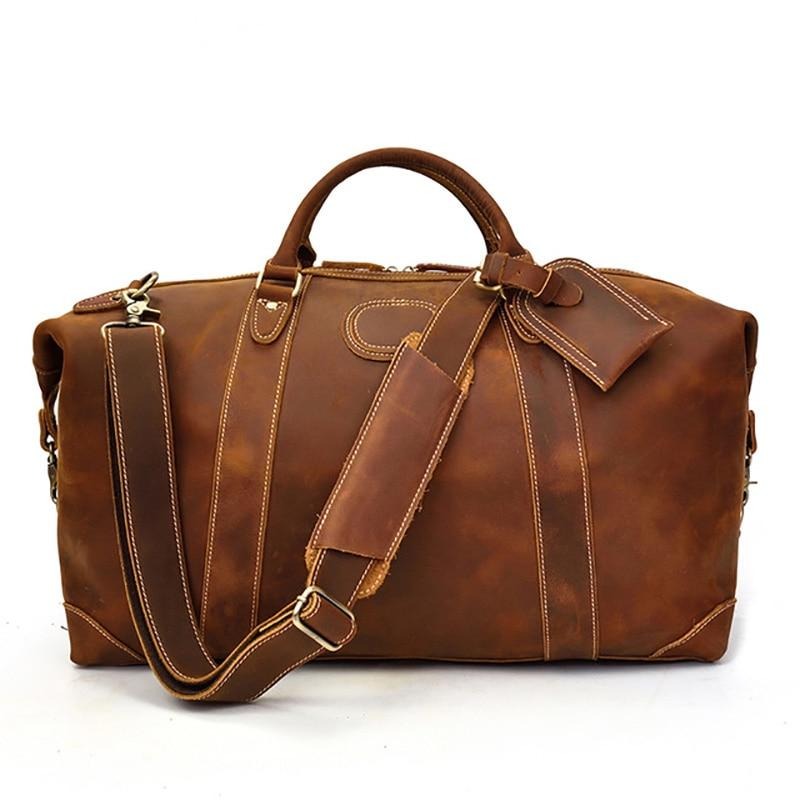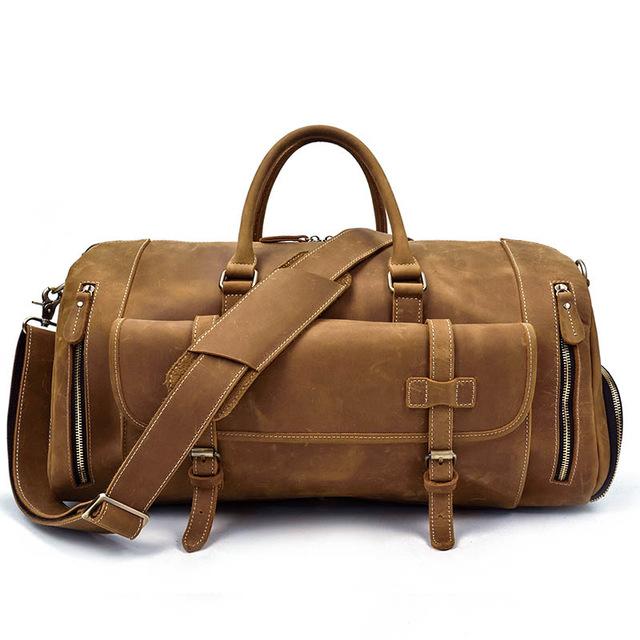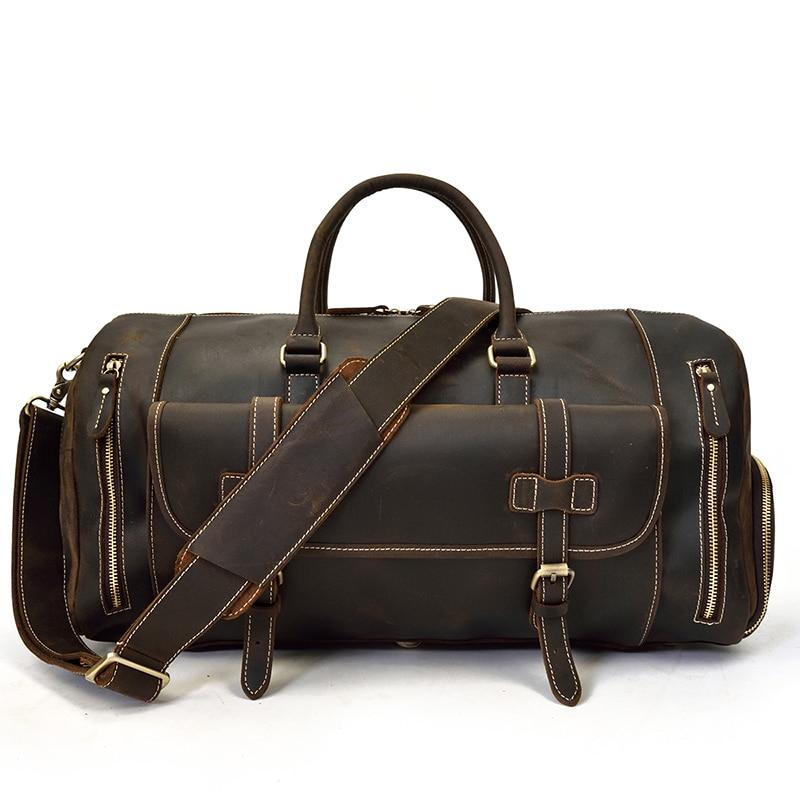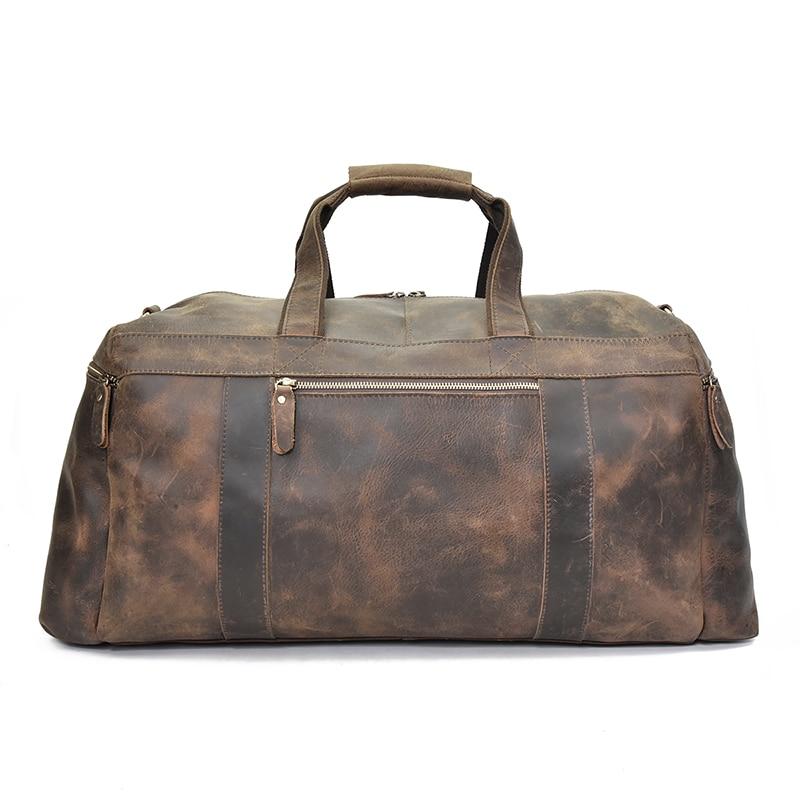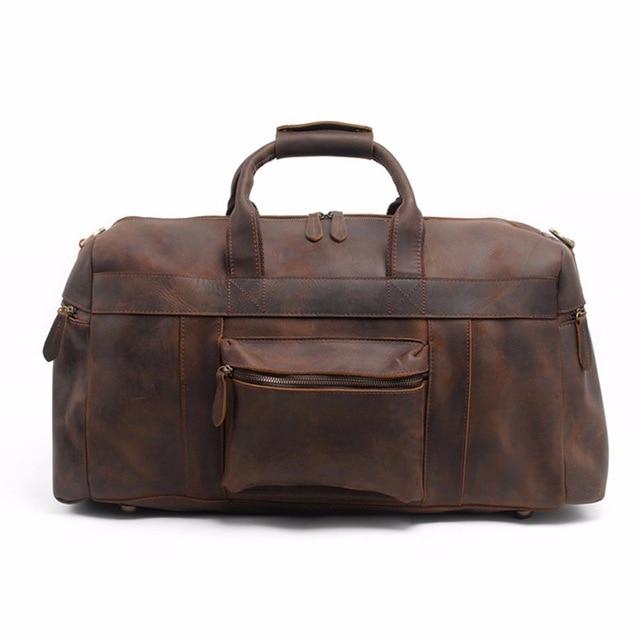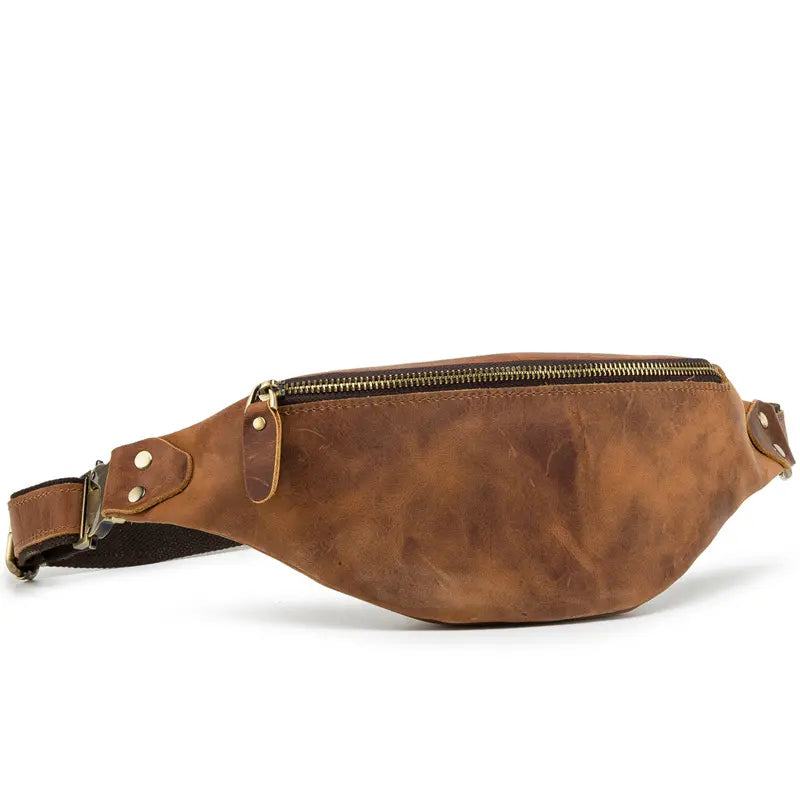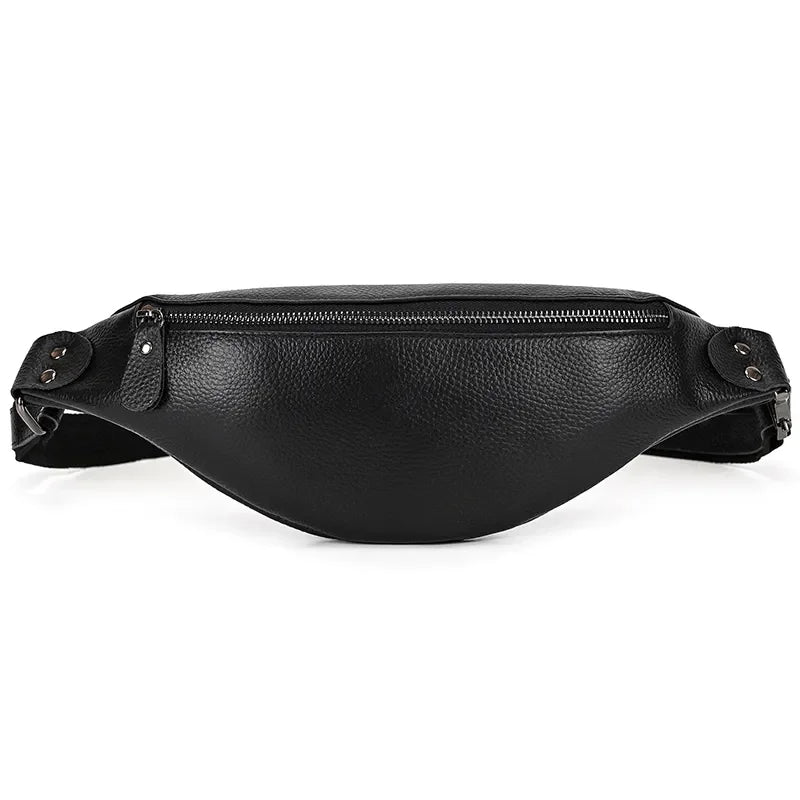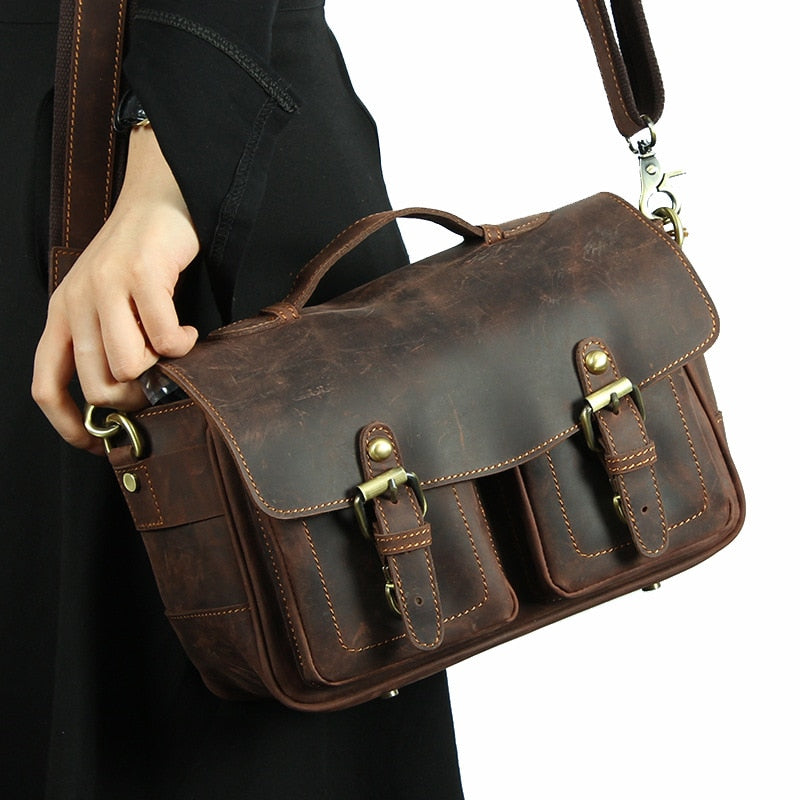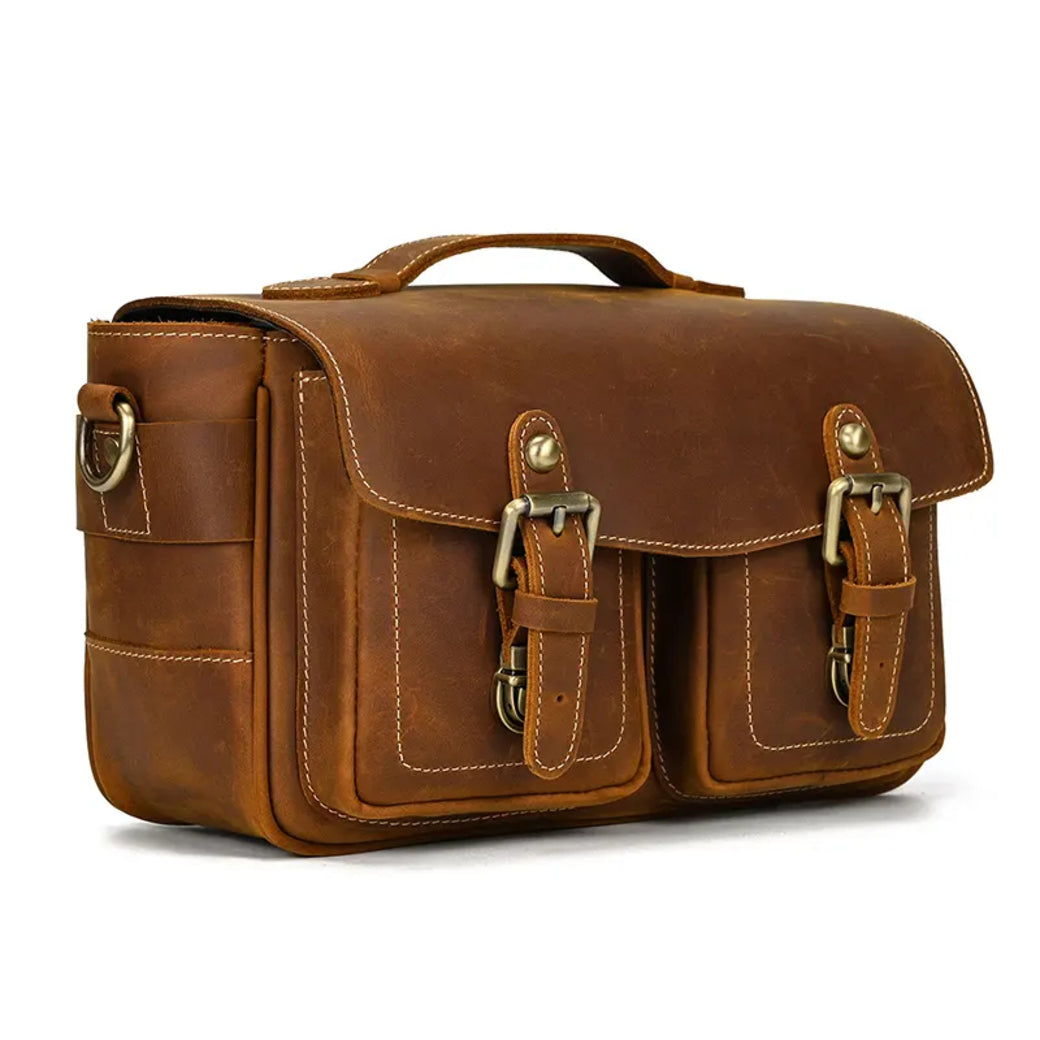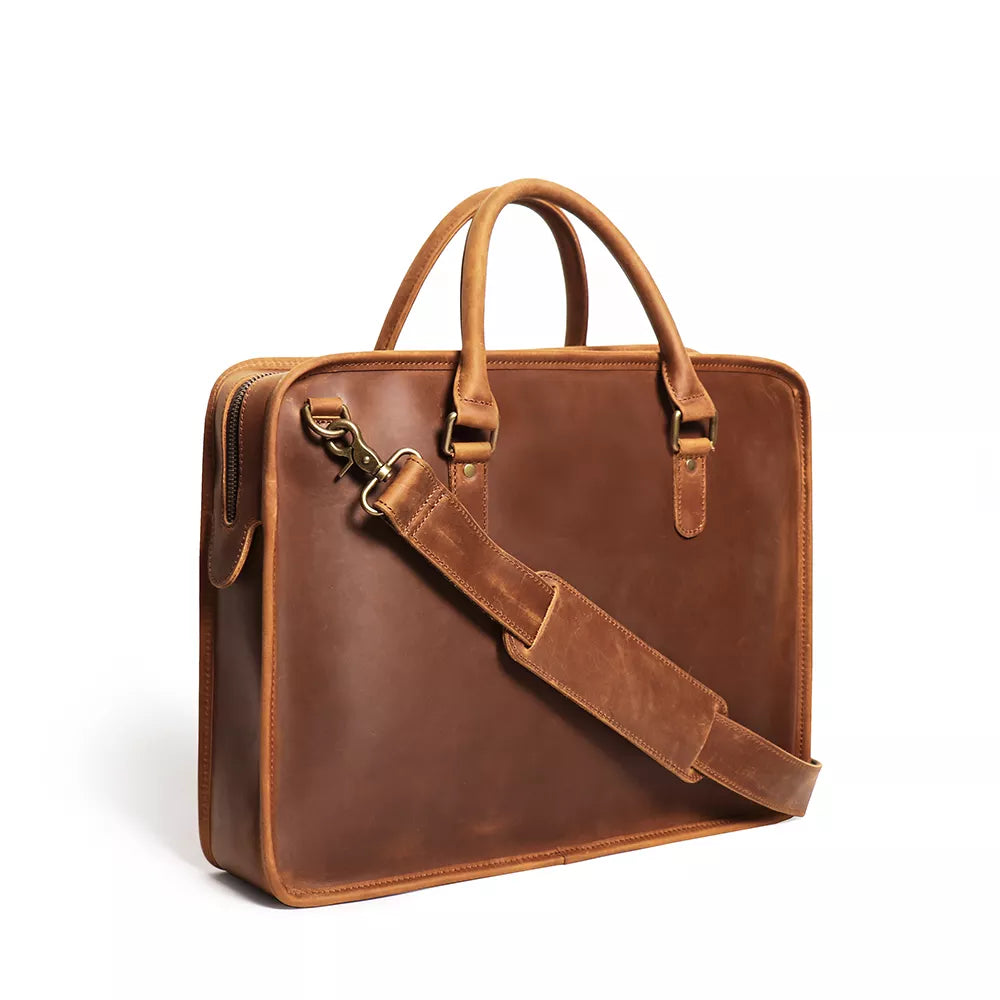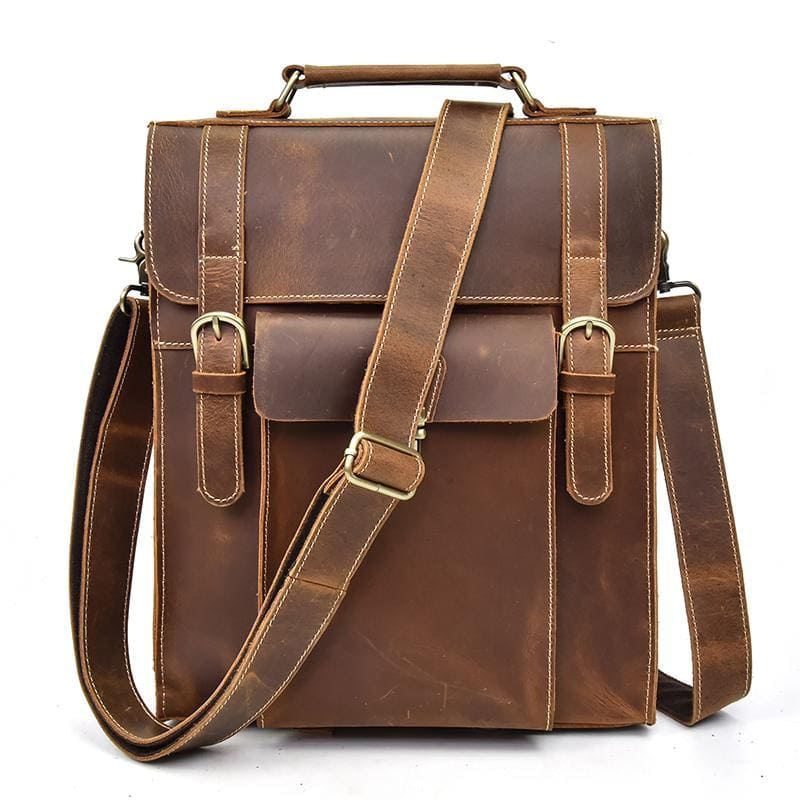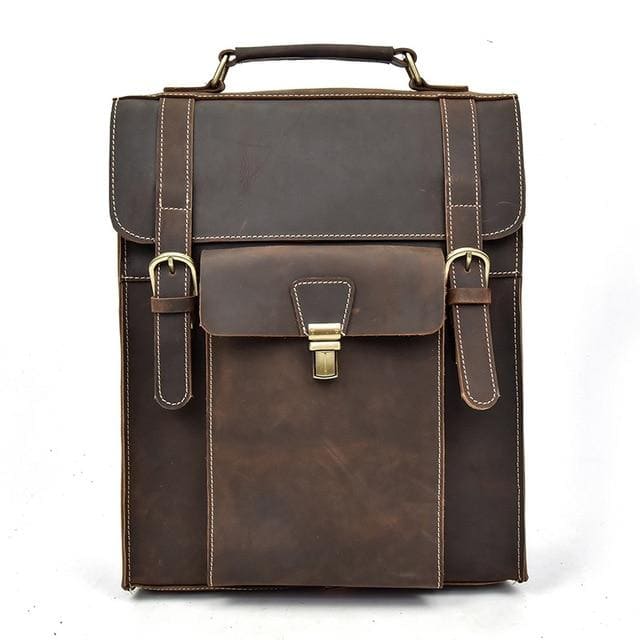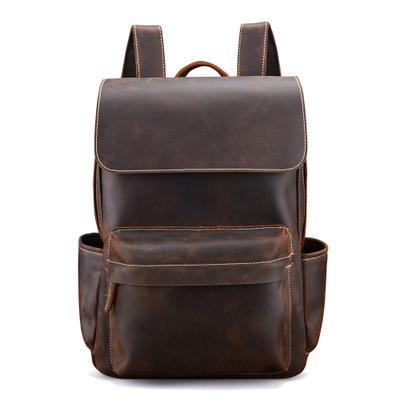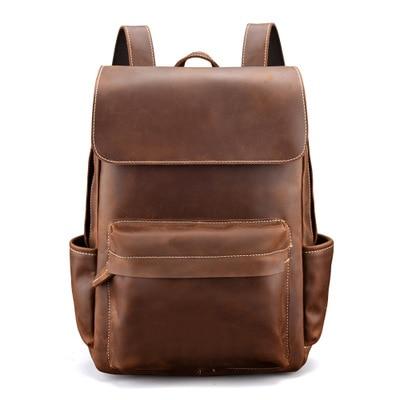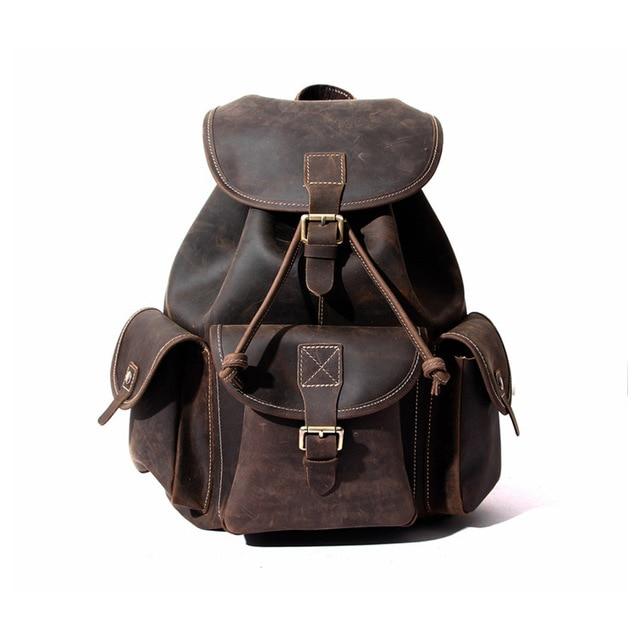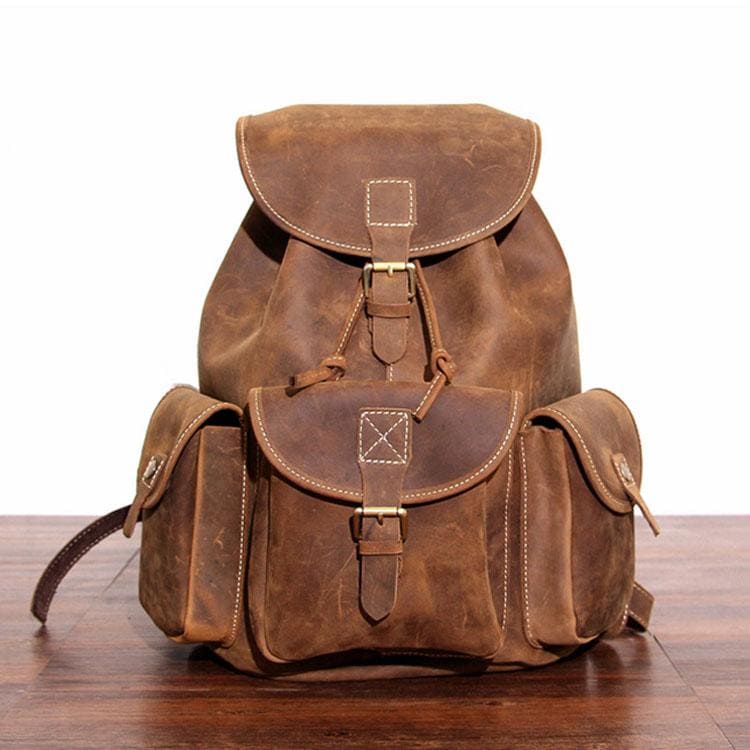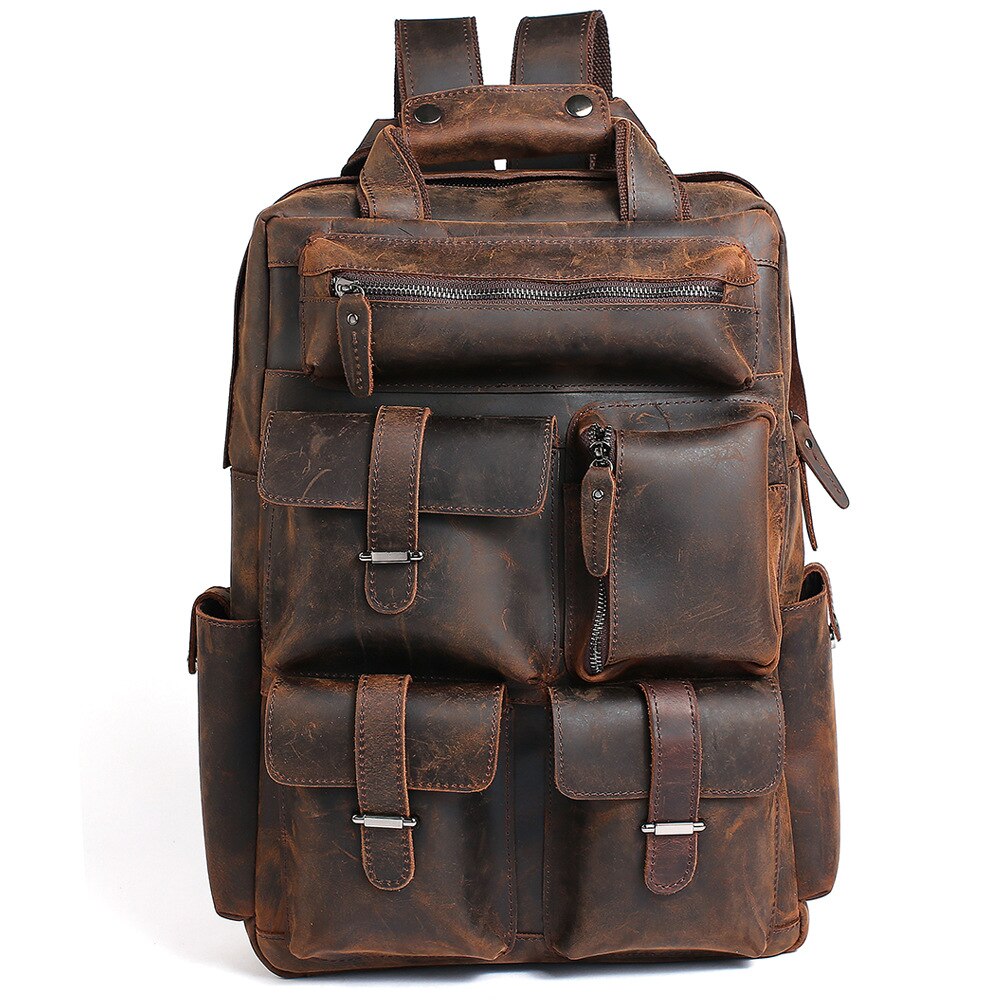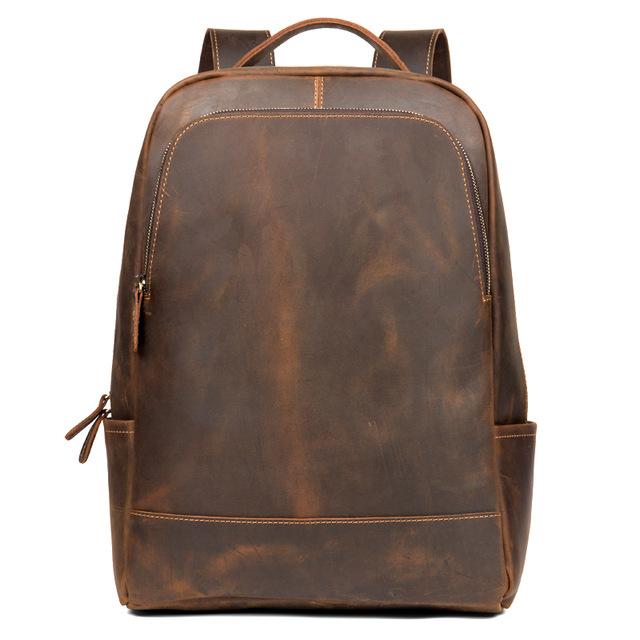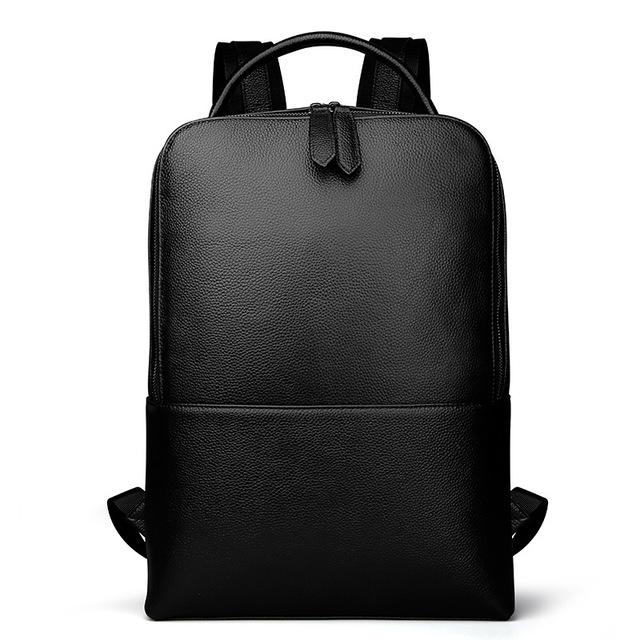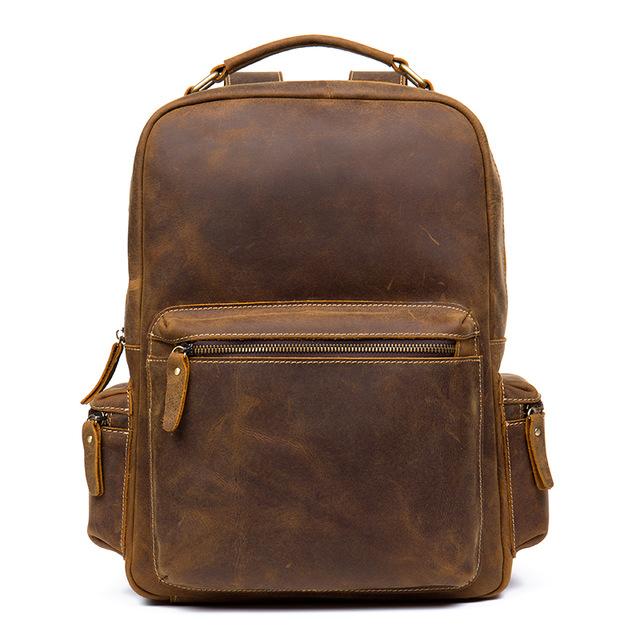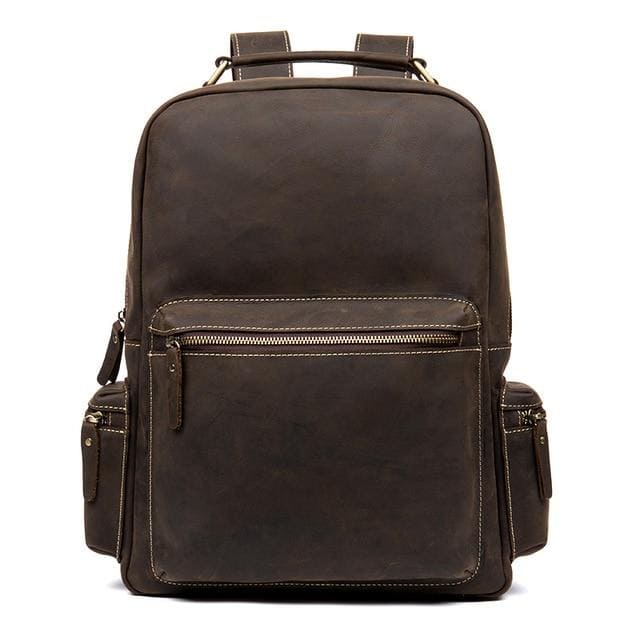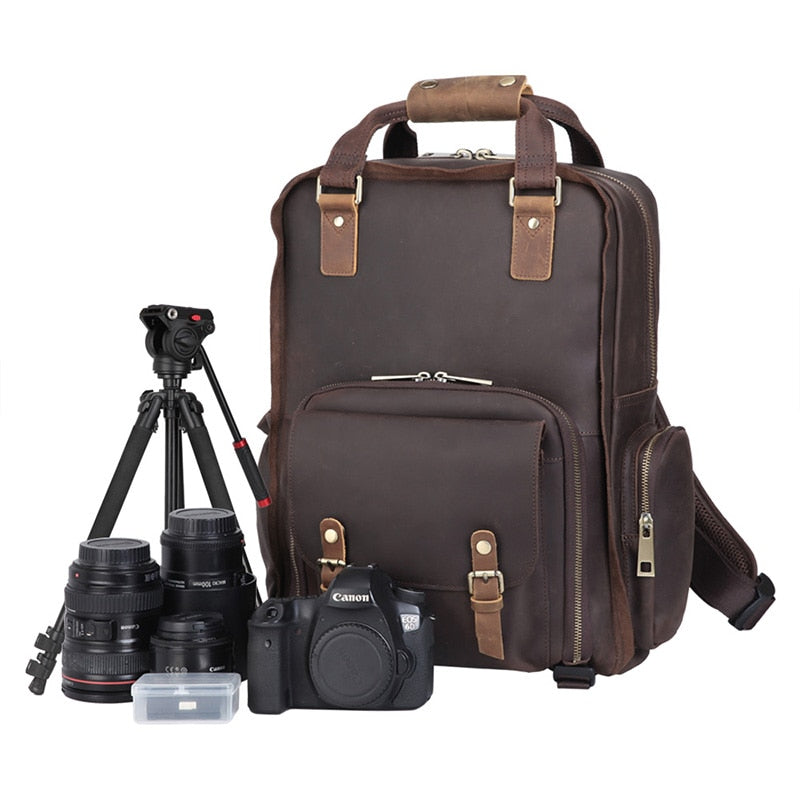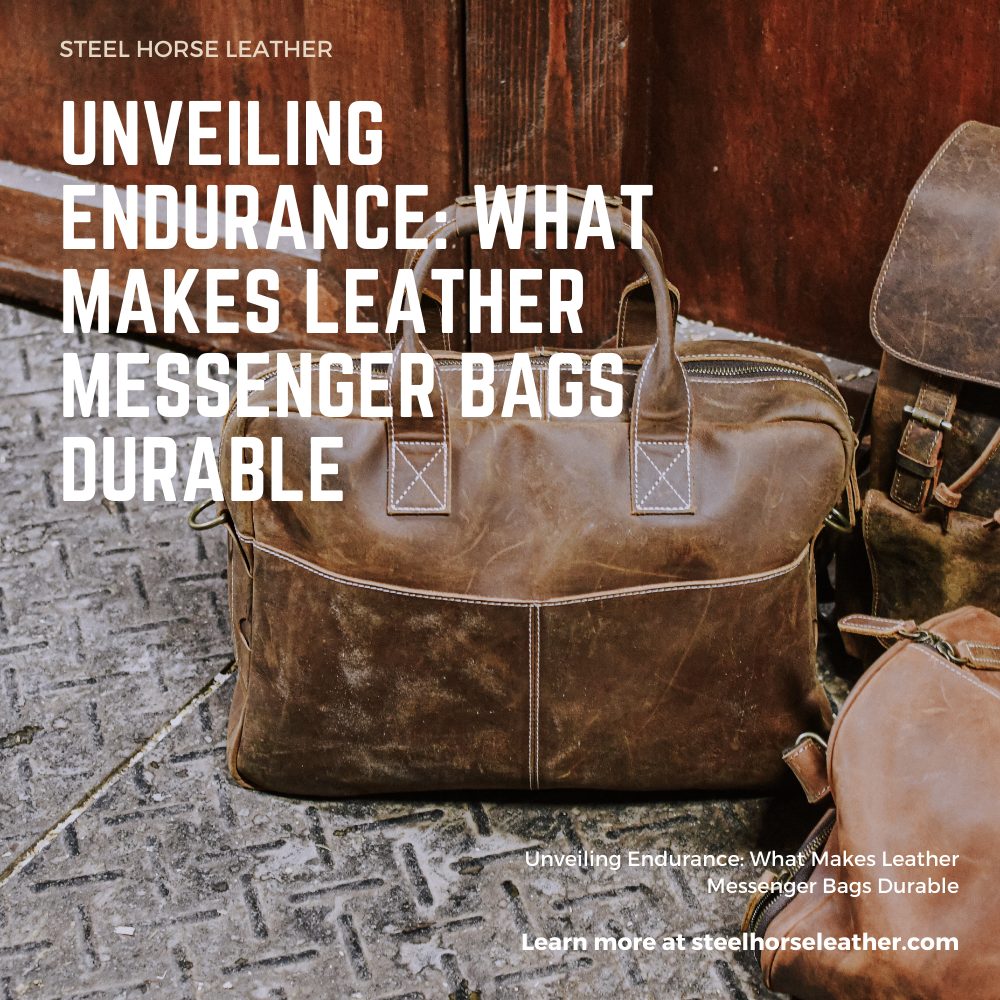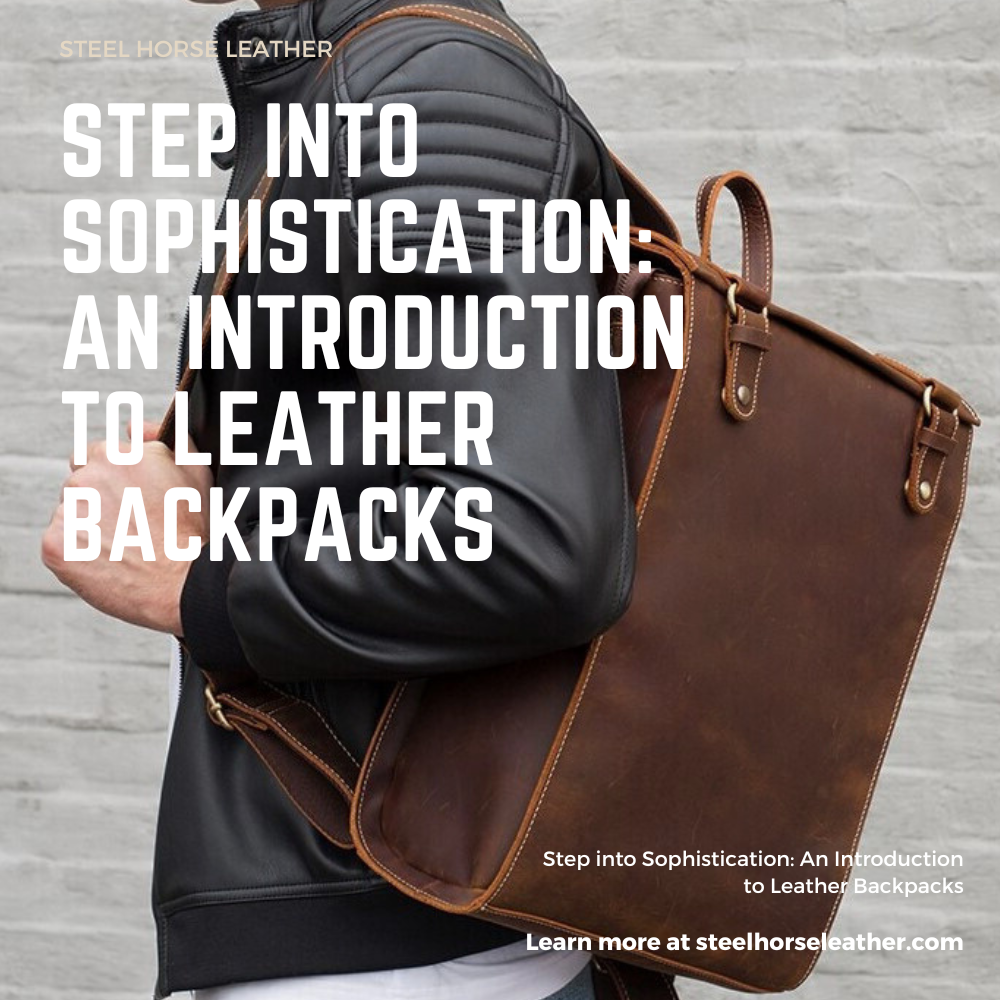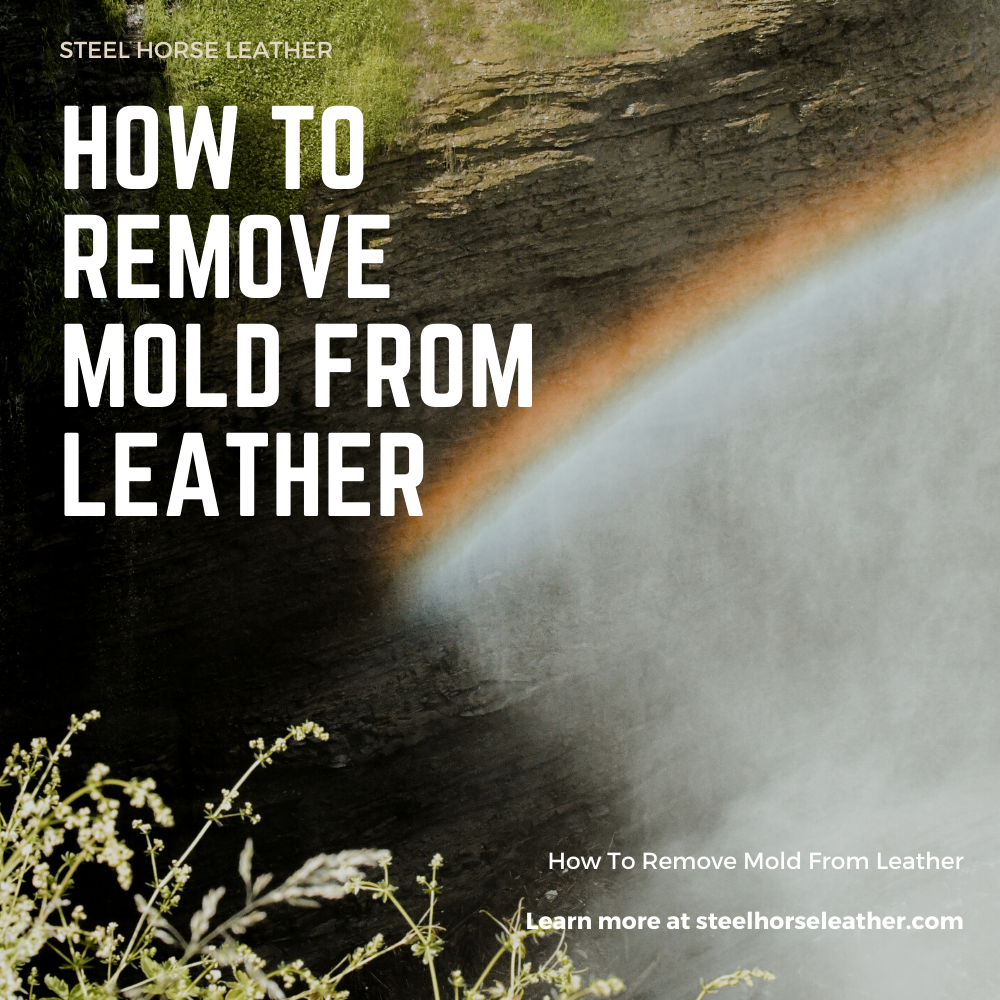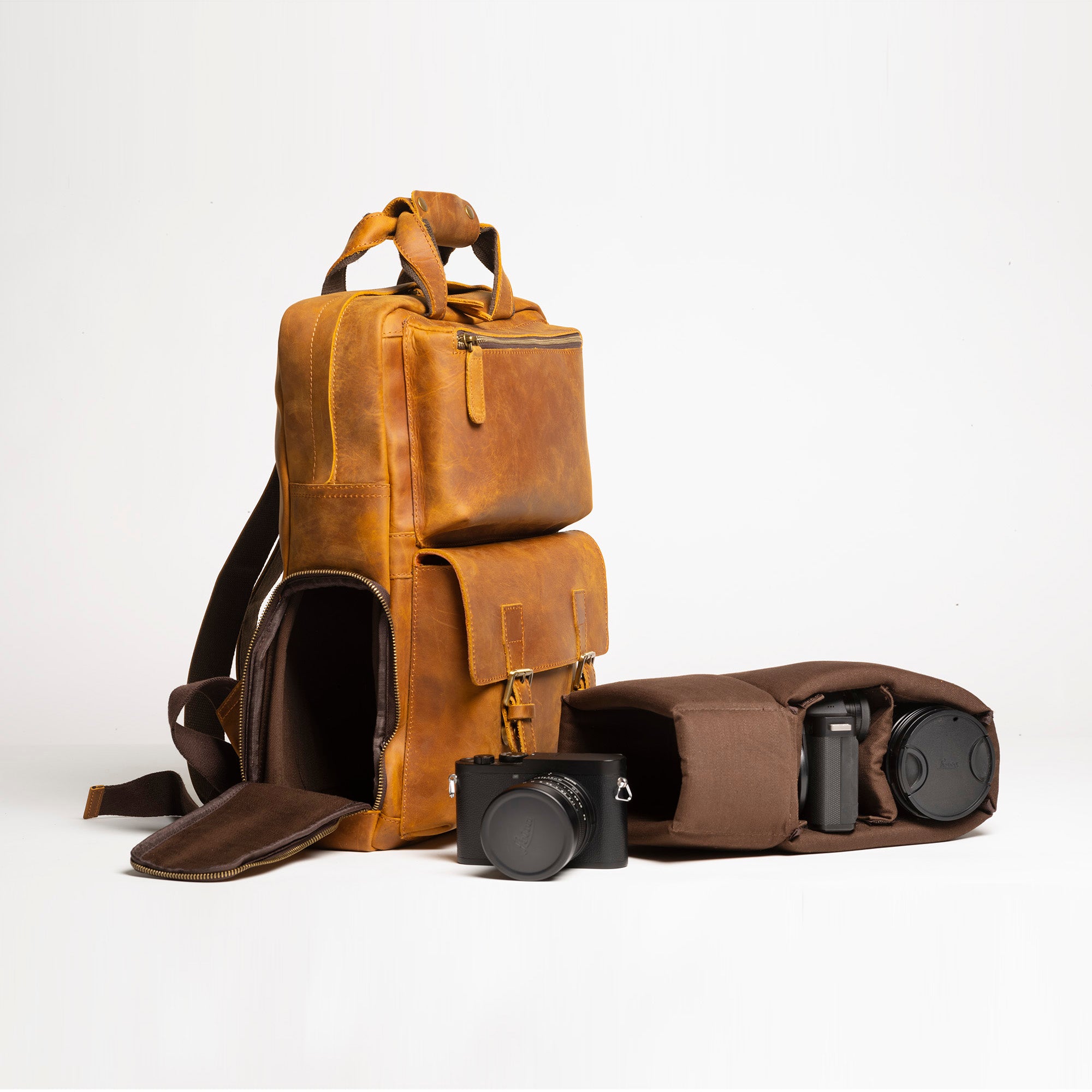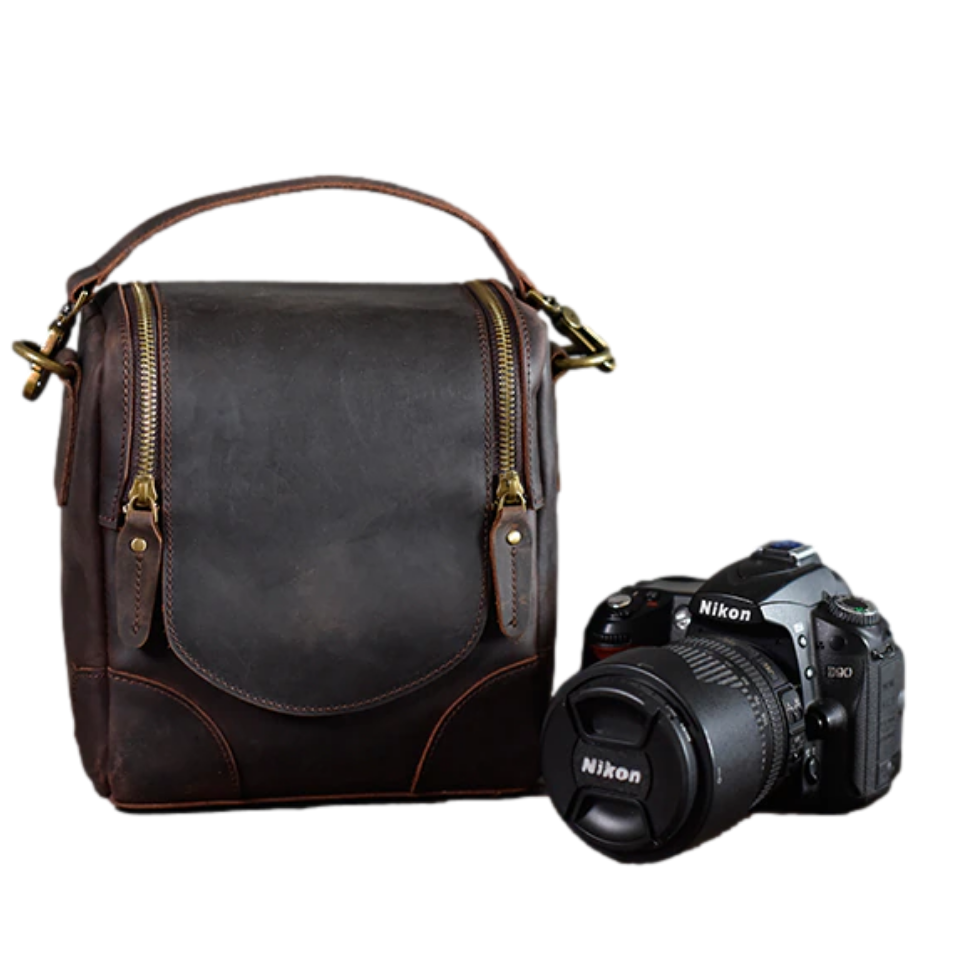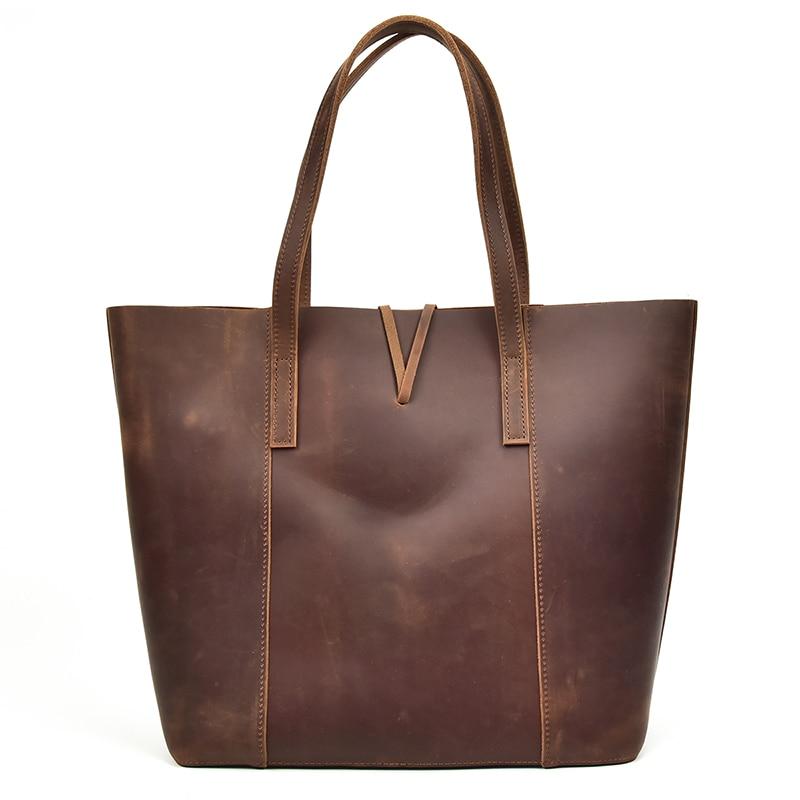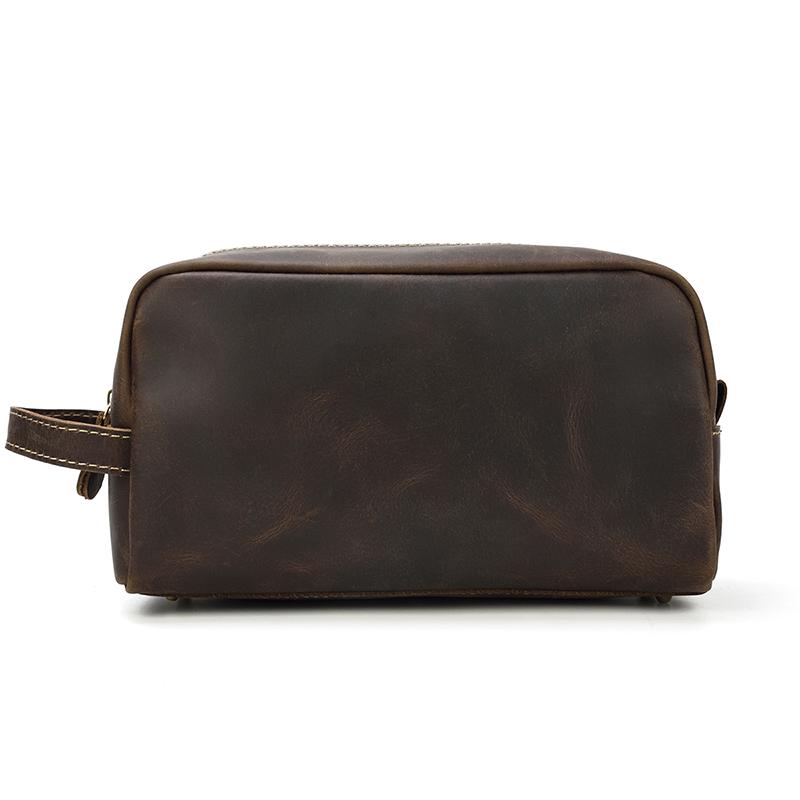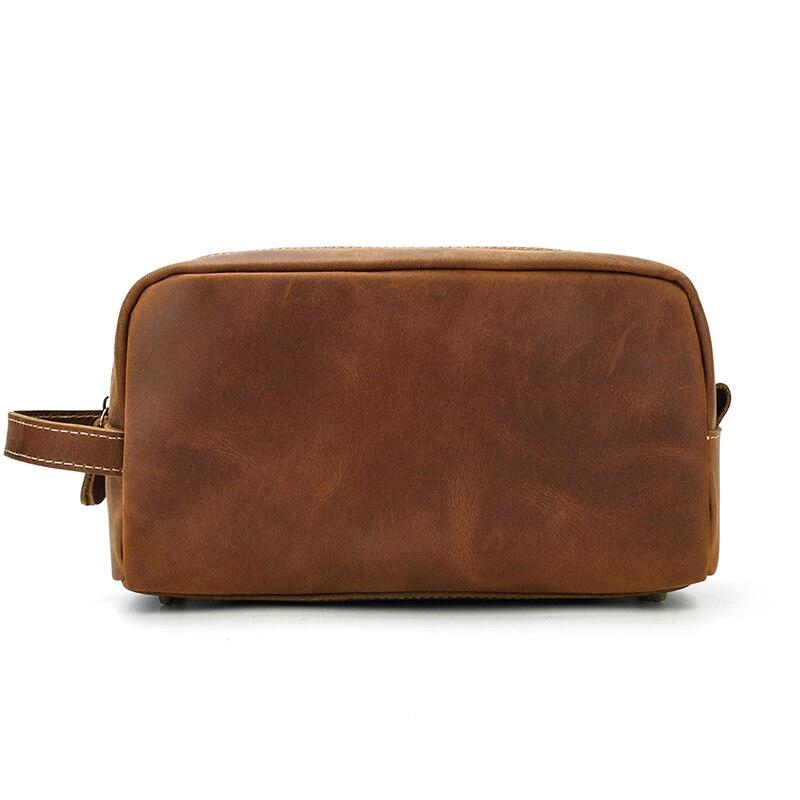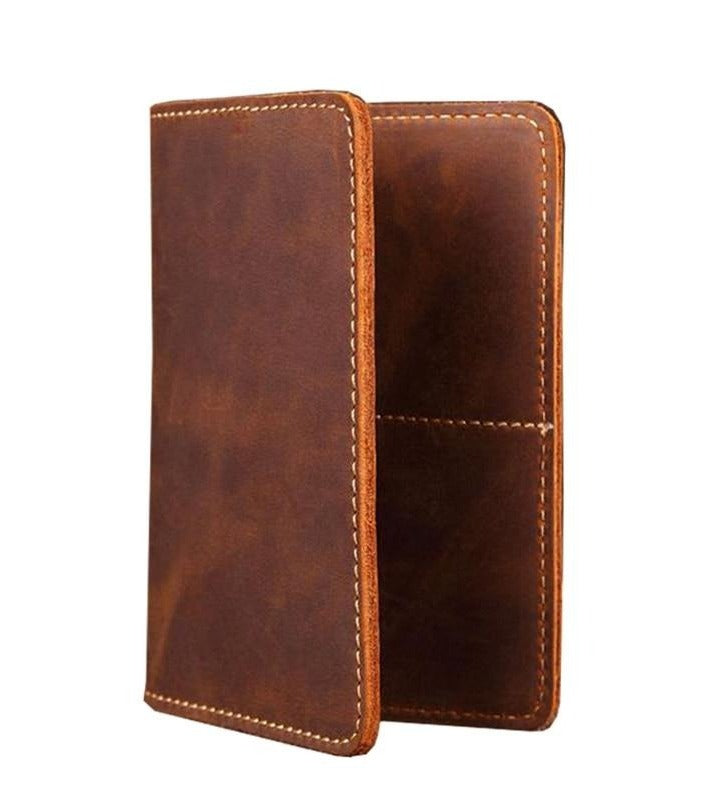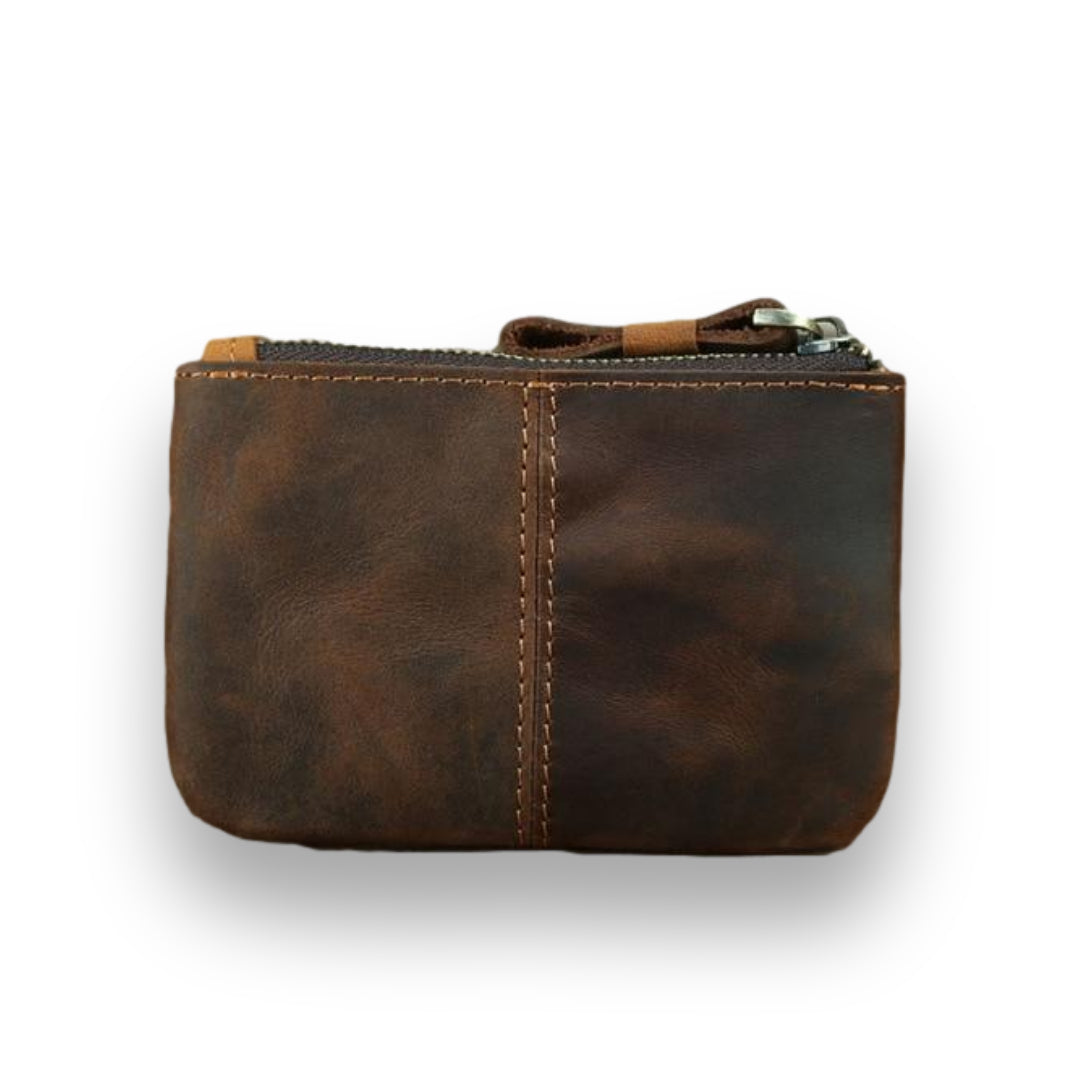This is everything you need to know about Vegan Leather.
Vegan leather is a term that refers to materials that are made to appear like natural leather, however do not originate from animal hides. Many commonly, they are made of polyurethane (PU) or PU Leather or polyvinyl plastic (vinyl). However, deep interest in options and advances in technology are yielding a range of vegan leathers that are made from 100% natural sources. Some examples consist of grapes, leaves, and cork.
Genuine leather is rather pricey to produce, manufacture with, and take care of. It also comes directly from animal skin. Vegan leathers are made mainly from plastics. This allows them to be far less costly, easy to make, and easy to look after. Vegan leather, most of the times, is essentially a plastic fabric.
Since it is a man-made material, artificial leather can be produced to meet a variety of requirements across many markets. Likewise, the products can be made in very large sizes, unlike the majority of traditional leather which is limited by the size of the hide. It can be produced on a fabric, or versatile plastic backing (such as polyester).
Vegan leather or pleather likewise has some qualities of genuine leather, though not many. It is not as long-lasting and will last only a few years, and start to damage. Cracks will develop in vegan leather items that are exposed to frequent flexing and bending (such as shoes). Nevertheless, due to its cheapness to produce in mass amounts it still finds itself being used quite often in mass-produced goods.

So what is Vegetarian Leather?
Vegetarian leather, also known as Faux leather is a leather alternative that is not made from the hide of animals or animal skin. It looks and feels like ordinary leather, but it is made out of a variety of plastics and other materials.\
The best way to explain Vegetarian leather is to describe it as a vegan leather alternative. This type of artificial leather is made from a synthetic leather material that is designed to look and feel like real leather. Vegetarian leather is not made from animal skin, but rather from a combination of materials, including polyurethane and polyvinyl chloride. Vegetarian leather is not an actual leather byproduct; it is not made from leather scraps that are leftover from the tanning process. The difference between real leather and vegetarian leather is that real leather comes from the skin of an animal, and vegetarian leather is manufactured using synthetic materials.
Below is a detailed explanation about everything you need to know about vegetarian leather. We will discuss where it comes from, how it is made, and its uses. It is fairly considered a leather alternative, especially to the vegan community for obvious reasons.
What is Vegan Leather and How is Vegan Leather made?
There are a variety of materials used in the making of this type of leather. The process is completely different from the production of real leather since no real animal hides are involved. Two common materials used in making vegetarian leather include PU ( Polyurethane) or polyurethane leather and PVC ( Polyvinylchloride).
Mixing
The plastic composition for the vegan leather is mixed and prepared. The aspects in the thick liquid mix can differ based on the meant usage of the product. For example, ingredients that secure the product from the sun might be added. Likewise, flame retardant components might be mixed in at this point too.
Another significant component included in this step is color. Vegan leather can be made in practically any color possible. The dyes in the proper amounts are added to mechanical mixing bins, and the color mixes in with the plastics and additives, leading to a thick, liquid mix that is ready for the next action.
In many cases, the color will be included later as an additional layer throughout extrusion. The plastics usually utilized are polyurethane (PU), and polyvinyl chloride (PVC), likewise referred to as, vinyl.
Extrusion
When blended, the vegan leather liquid is extruded onto a flat backing. The extrusion may be by means of gravity and putting, or by means of makers that press the material out uniformly onto the backing.
Support is required as the leather substitute product needs a safe place to dry and abide by to take the last shape. The backing is typically made from paper or fiber (cotton, polyester, and so on). It can likewise be made from a great mesh (fiber, plastic, metal). This mesh supplied more gripping locations for the mix to more quickly comply with the backing. When the plastic is extruded onto the backing in an even layer, it is set to dry.
The backing choice is often based upon the planned use of the completed product. For example, bookbinders might utilize bonded leather with a paper or fabric support. Upholstery employees might use vegan leather on a polyester backing. This provides the material a versatile base on which to form around the furnishings curves.
Heat can be utilized to assist the drying procedure. This controlled technique can be both even, and fast. Extra layers can be extruded onto the first, if a thicker-layered product is chosen. It is then heated once again and let to cool.
Stamping/Embossing/Printing
When colored, the vegan leather can have a surface area texture applied. This can be used to make it look like the natural grain of a natural leather. It can also be used to inscribe a favored design that is visually enticing.
While marking natural leather is often utilized to cover surface area flaws, marking vegan leather is purely cosmetic for completing factors. The vegan leather surface area is generally even due to the extrusion processes.
Various textures might be chosen in a final product, depending upon what kind of goods it will be utilized for. Since this is a synthetic material, vegan leather provides a chance to easily introduce stylish and practical textures. This can include embossing also.
In addition, surface colorings might be printed onto the vegan leather. These might be to give it an "antique" or classic appearance. It might include a logo design or design, or be any stylistic, visual touch that is wanted. Typically, the leather surface will have a surface used that will secure the printing, texture, and color.
Finishing
As soon as stamped/embossed, vegan leather can be finished. This is typically done with an artificial surface protectant. It can supply a shiny appearance to the leather. The surface area finish can likewise offer a layer that secures the product below. Normally, these finishes are a transparent polymer that withstands water and scratches/abrasions. Surfaces can also consist of fragrances that assist make the vegan leather odor similar to more natural leather.
Because the underlying material and surface area protectants are manufactured, they can add numerous efficiency qualities to the vegan leather. Likewise, as the surfaces and materials are plastics, they are usually very water-resistant/waterproof.
Different Types of Vegan Leathers
Vegan Leather made from PVC
PVC is a common affordable plastic compound. It comprises of carbon and chloride which is softened by a variety of chemicals and acids to make the final product. With no doubt, PVC is definitely not eco-friendly, being one of the most harmful plastics to the environment. It takes up to 450 years more to decompose than traditional leather, which says a lot really.

Vegan Leather made from PU ( Polyutherane)
The alternative less harmful synthetic material is PU or Polyurethane. It is more commonly used to make vegan leather or PU Leather due to it being more environmentally friendly. Polyurethane is made by adding adhesive to polyester fabrics and like PVC leather is a mixture of plastic chemicals and petroleum compounds.
It is more leather-like than PVC having fewer layers. It is certainly more expensive compared to PVC but it is definitely much better, with new ways being developed to make it even more suitable.
Vegetarian leather is supposed to be eco-friendly, with no involvement in killing animals whatsoever. However, the production of vegetarian leather uses a lot chemicals and plastics that can do more harm to the environment than traditional leather production.

Vegetarian Leather made from Pinatex
Another material used to make vegetarian leather is Pinatex. This is made from the waste parts of the pineapple plant. The process involves stripping down pineapple through decortication and the long fibres extracted. They are then left to dry out in the sun or using ovens in the rainy season. The dried fibres undergo a purification process, which forms a fluff like material. This is then mixed with a corn-based polylactic acid to create Pinafelt, a non-woven mesh substance that forms the base of Pinatex products.
The best thing about Pinatex is that unlike other vegan leather materials, it's 100% biodegradable plant based leather.

Vegan Leather made from Wine
Made by the Italian company Vegea, wine leather is another one of the synthetic alternatives or leather substitute for animal leather. It is made out of the by-products of wine processing, collectively known as pomage. The making of this kind of leather involves no harmful chemicals and no water is wasted.
Considering how big the wine industry is, with around 27 billion litres of wine produced the amount of wine leather produced is very large. This innovation is fairly new, with the project starting in 2018. It is, however, very promising and could be the next big thing in making vegan leather. You can visit their website here .

Vegan Leather made from Mushrooms
Mushroom leather also known Muskin is one of the best kinds of vegetarian leather. It is certainly more flexible and robust than any other natural vegan leather, making it more durable. Mushroom leather is made out of Mycelium, which is the underground root structure of mushrooms. This is one of the more interesting moves in a sustainable fashion to create a vegan leather alternative.
Mushroom leather is so durable that its advanced production is used in brick making. It sounds insane but it is absolutely true. The obvious benefit of Muskin is that is biodegradable hence very suitable for the environment. It is already being used to make a vegan handbag, vegan leather shoes, and a vegan leather bag.

Vegetarian Leather made from Cork
Cork leather is a plant based leather made from the bark of Cork Oak Trees that grow in the Mediterranean regions, and it is an interesting alternative to animal leather. After harvesting, the cork is left to air dry for up to six months.
It is then boiled and steamed to gain more elasticity. Continuous heat and pressure are applied to the cork to press it into blocks. The blocks are then sliced into thin sheets that can be transformed into a multitude of cork leather accessories. The best thing about this manufacturing process is that it does not involve any chemicals, hence being eco-friendly. Using this sustainable material is proving to be a natural vegan leather that has even been turned into a vegan leather jacket free of plastic.

Is Vegan Leather Better Than Real Leather?
While some vegans and vegetarians have a moral objection to the leather industry, most simply choose alternative materials because they are lower in cost or better for the environment. However, a recent study by PETA has shown that vegan leather products are actually worse for the environment than regular leather.
Quality and resilience are likewise crucial things to consider when comparing vegan and real leather. Vegan leather is typically a lot thinner than real leather and much more lightweight which is great for fashion as it makes it potentially much easier to work with, however, it also makes it less resilient than real leather. Real, good quality leather can last decades when taken care of, whereas you might just get a year or so out of a pair of vegan leather shoes made from excellent quality synthetic leather. This is a crucial factor when deciding between faux leather and real leather as the environmental effect of replacing a fake leather product multiple times is perhaps more destructive than the purchase of one genuine leather product.
Synthetic leathers likewise wear out very unattractively whereas real leather ages in time and form a patina, which is considered to give character to leather.
Synthetic leather, specifically PVC-based, isn't breathable either whereas full-grain leather has pores through which skin is able to breathe. So for clothing items such as coats, vegan leather can be uneasy when used for extended periods of time.
In addition to environmental factors, synthetic leather is typically a lot less expensive than real leather products. This is since it's cheaper to produce synthetic plastic leather than it is to produce genuine leather. The craftsmanship of leather products is a highly proficient task and bespoke leather items such as sofas, jackets, and travel luggage can be thousands of dollars. Producers have the ability to command these costs due to the fact that they are considered both high quality and extremely resilient.
What Does Vegan Leather Smell Like?
Vegan leather is often referred as faux leather or faux leather. Polyurethane leather is made from a combination of chemicals. These leathers are usually a combination of polyvinyl chloride, polyurethane, and other synthetic fibers. The chemicals that help make faux leather have a fishy smell that some people do not like. PVC leather can also release toxins that cause this fishy smell.
What Does Vegan Leather Look Like?
Vegan leather comes in several different kinds and also qualities, so some are much more ''leather-like ' than others. Generally talking, and focusing on good quality vegan leather, there isn't that much difference to real natural leather. Nevertheless, as vegan natural leather is artificial, it does not develop a patina like real natural leather does when aging as well as it is much less breathable as the pores that are published onto the surface area of pleather are artificial.
Is Vegan Leather Good for the Environment?
Synthetic leather is known as vegan leather because the product used is never ever from animal skins but although this is a substantial benefit for animal activists that are against the leather industry, the manufacture of artificial leather is not beneficial to the environment or human beings due to the contaminants in the plastics used to make them. The manufacture and disposal of PVC-based synthetics let out hazardous dioxins, which can trigger developmental and reproductive issues and even trigger cancer. The synthetics used in vegan leathers also do not fully biodegrade, although they can be broken down to a degree, they can also release poisonous particles and phthalates, which can impact the health of animals and the environment.
Maintaining Vegan Leather
As vegan leather is made with a plastic finishing, it is currently waterproof. This makes it much easier to clean up by using a mild detergent or simply by wiping it with a wet cloth, nonetheless it also implies that conditioning items can not penetrate in to stop it from running out as well as cracking, which can happen if the fake natural leather remains in the sun a great deal and likewise if it's an especially poor quality product. Nonetheless, you can obtain certain items, which will cover the surface area of the plastic to avoid high temperatures as well as sun rays from fracturing the surface. Such items can also aid to soften the material.
How to Repair Vegan Leather
You can change or restore the broken area with a vegan leather repair service kit that can be bought online - they're very easy to utilize and also suited to various kinds of synthetic leather. However, if the faux leather starts to crack and break apart, there is not much that can be done to restore it. This is the very unfortunate outcome of using a plastic based leather.
Is Vegan Leather Good Quality?
Vegan leather can come in different standards of quality and as with real leather, the higher the quality, the longer it will last. Faux leather is generally a lot cheaper and of a lower quality to real leather, even at a high standard. Vegan leather is ultimately much less durable than real leather and tends to be thinner so it’s not uncommon for it to tear or scuff badly over time.
How to Unwrinkle Vegan Leather
It is necessary that you do not try to iron wrinkled vegan leather by putting the iron directly onto the material. The method you should utilize to eliminate wrinkles depends upon the quality of the product-- due to the fact that artificial ''pleathers ' have plastic in them, they do not blend well with heat and it can often ruin the item totally. High quality faux leathers can be steamedto get rid of wrinkles if protected with a sheet, towel or liningas they are much more forgiving against heat nevertheless there still should be a great deal of care taken when doing this. It is important that you don't heat your fake leather for more than 30 seconds.
How to Shrink Vegan Leather
Wash the product in your washing device on warm to clean off the short article and prevent any contamination from ''baking" into the plastic material of the pleather.
Put the polyurethane product into an old pillowcase and tie off the top with a shoelace or piece of string to prevent it from falling out. Products like this may get hot adequate to adhere to the dryer's drum, harming the jacket and making a mess, so prevent this from happening at all costs.
Set the clothes dryer on high. Let the cycle go for about an hour. Enable the coat to cool off and then test fit it. Repeat the cycle as required, using progressively shorter drying times up until pleased.
Can you Stretch Vegan Leather?
Faux leather looks great and is easy to clean, but it stretches much less than real leather. To avoid stretching or the security risk of the faux leather ripping and causing you a loss, only buy products made out of genuine leather.
Can you Distress Vegan Leather?
Trying to distress faux leather will often result in the faux leather peeling and cracking. Thick layers will most likely cause the faux leather to crack completely. Take care when using acrylic/fabric paints to create a distressed look, because solvents can damage the material.
How to Dye Vegan Leather
Faux leather is not as permeable as real leather, which means the material cannot absorb colored dye. Therefore, even after dyeing your faux leather product, you should be aware that the process will most likely need to be repeated throughout the product's life span as the color wears off over time.
An important rule when installing a product is to ensure that the surface where it will be used is clean and free of dust and other debris. After wiping down the surface, gently wipe down the product using a soft cloth. For best results, follow up with a strong cleaning with pure alcohol.
Once your vegan leather product is clean and dry, it is now ready to be dyed. See the instructions on the paint product for the recommended drying time after application.
Test the color first, especially the primer or gloss paint, on an inconspicuous area of your product before applying it everywhere.
How to Soften Vegan Leather
Because faux leather is technically not leather, it isn't as porous. It's not necessary to use a conditioner with fake leather. Vinyl products like vinyl conditioners are typically recommended for softer and more resistant fabrics like faux leather. To avoid damaging the material, vinyl and faux leather products should be gently stretched along the grain when applying a vinyl conditioner. Repeat as needed.
What leather should I be investing in?
Lately, a lot of news has been coming out about leather used in fashion and accessories. Real leather is always preferable but when it comes to vegan versions, they tend to have some pretty bad effects on both animals and the environment. So if you want to reach for a faux leather bag or some other vegan fashion item, make sure it doesn't contain phthalates or other toxic by-products. Also, think about the length of time you could have that product. Full grain leather goods can last a lifetime, meaning that you will not have to replace them over and over as you would with Vegan Leather Bags
What is Vegetarian Leather and is it better than Real Leather?
Now that we know what is vegetarian leather and where it comes from. Now you may be wondering, is vegan leather better than real leather? Probably the two main factors you may consider when choosing between the two is durability and quality. Vegan leather is certainly much thinner compared to real leather because of the materials used in its making. This might come as an advantage because it is certainly much easier to work with than Full Grain Leather however there is a very large difference in quality .
When it comes to durability, real leather is the obvious pick. PU leather is certainly cheaper but only last for up to a year at most. Real leather which is well maintained can last for a very long time. Plastic leather also looks unattractive when it wears out. This is not the case with real leather, which develops a much-desired Patina that makes it look very attractive.
In conclusion, while vegan leather is touted as a suitable alternative, it is not as durable and long-lasting as Full Grain Leather. The lesser durability combined with the higher use of chemicals makes it a product of fast fashion. Full Grain Leather is meant to last many years and allow you to have one product rather than buying one every season. We only use the highest quality of leather such as Full Gain Leather and our special Crazy Horse Leather, which are both vegetable tanned leather, to make our Handmade Leather Bags. Every product we make is built to last while having a sophisticated fresh look.
People use these bags for all sorts of things: carrying their laptops to work, carrying their school books, carrying their groceries home, carrying their shopping purchases, or carrying their clubs around the golf course. We started Steel Horse Leather because we love leather bags. We wanted to learn how to make our own leather bags and make them look authentic. We wanted to learn how to sew. We wanted to make leather bags that last decades and even generations. We wanted to find a way to buy only the highest quality of leather bags that can be passed down for generations.
Full Grain Leather Alternatives to Vegan Leather Bags
Vegan leathers break down over time, so they need to be replaced more often than other materials. A quality bag can last a lifetime if you take care of it. If you buy a quality bag, it will last you years and years. Invest in something that not only looks great but also lasts a long time, meaning you do not have to replace it. Take a look at our collection of Full Grain Leather bags that are made of vegetable tanned leather that feels good, look good, smell good, and are made well!



















